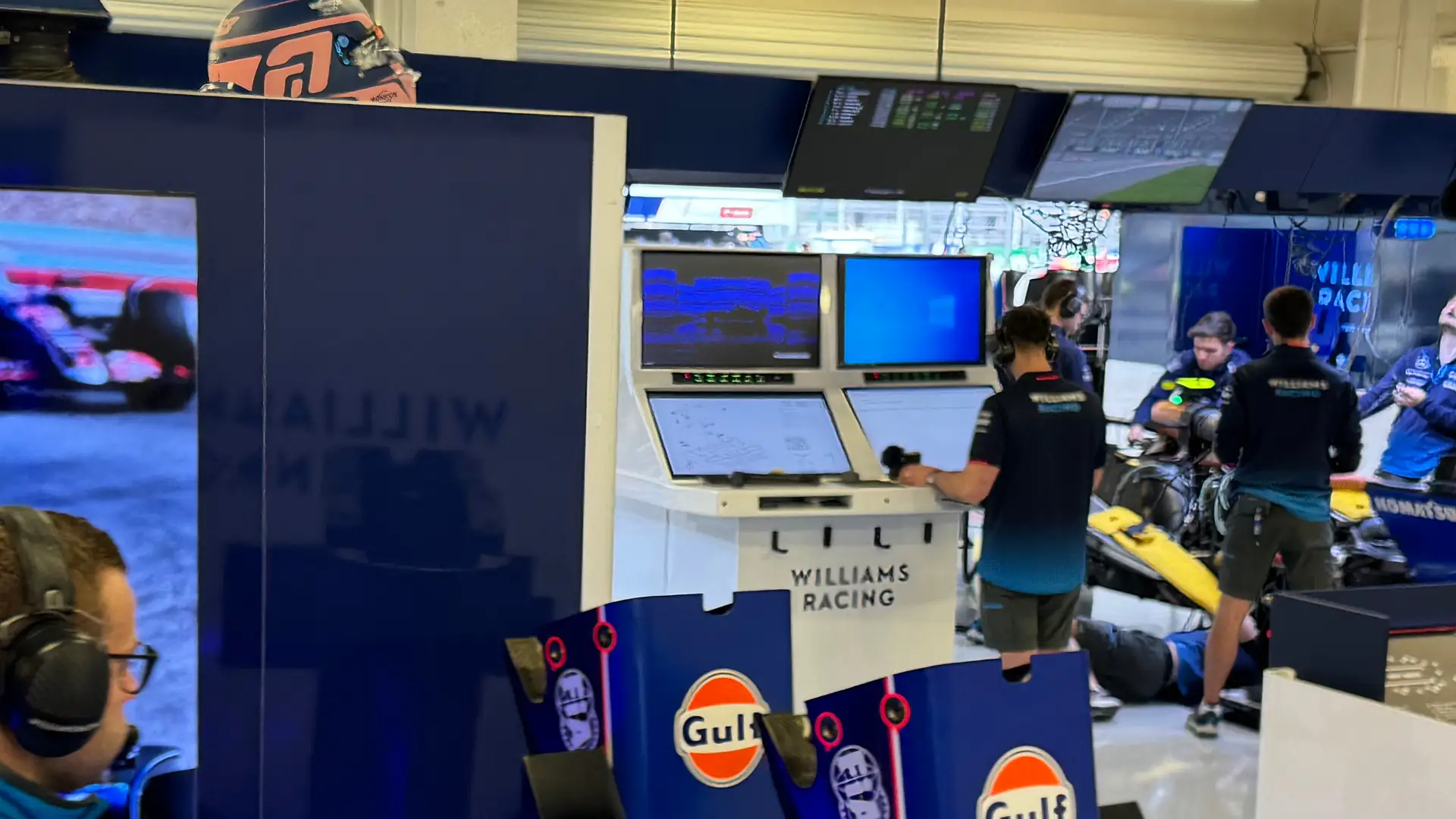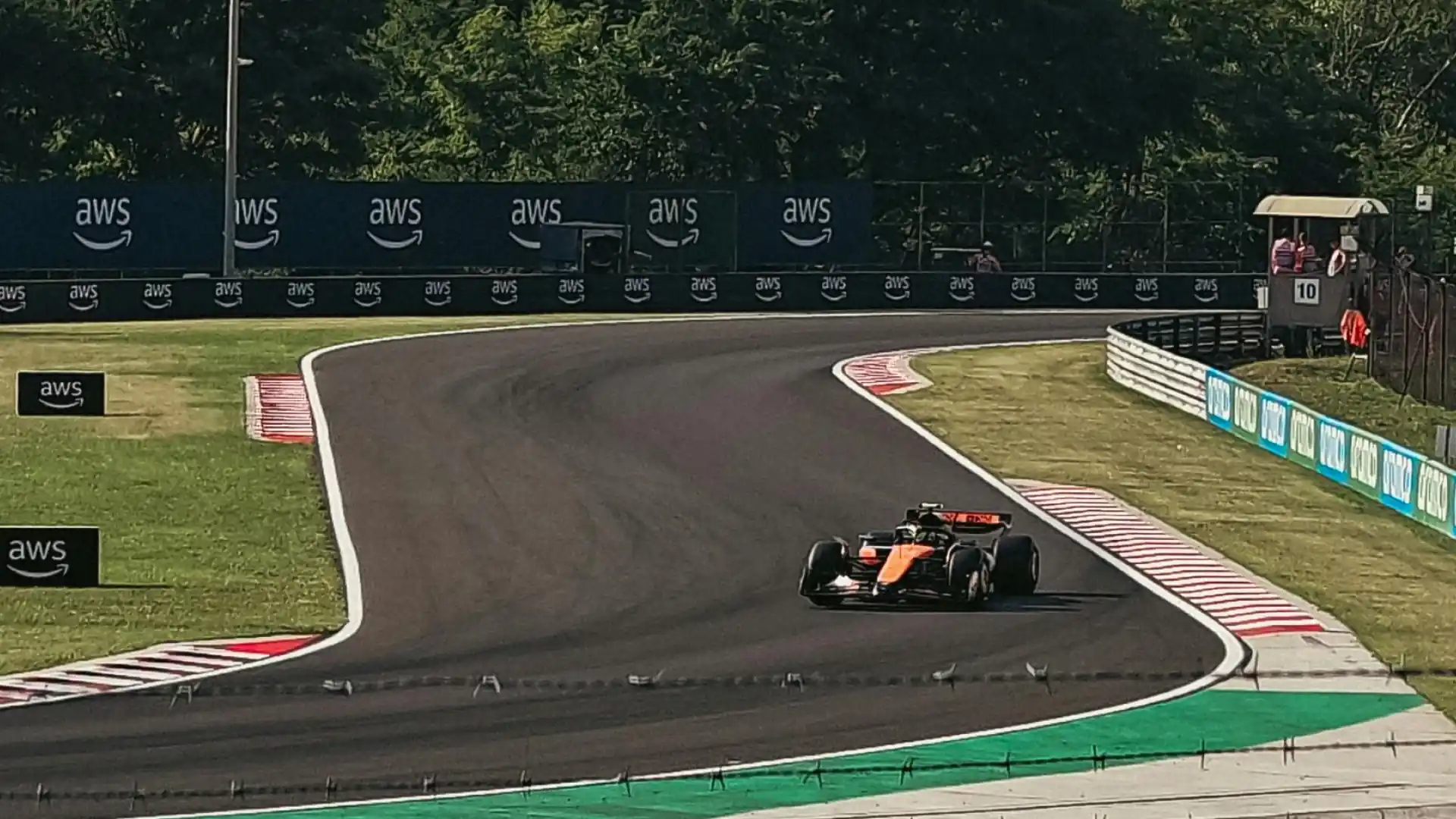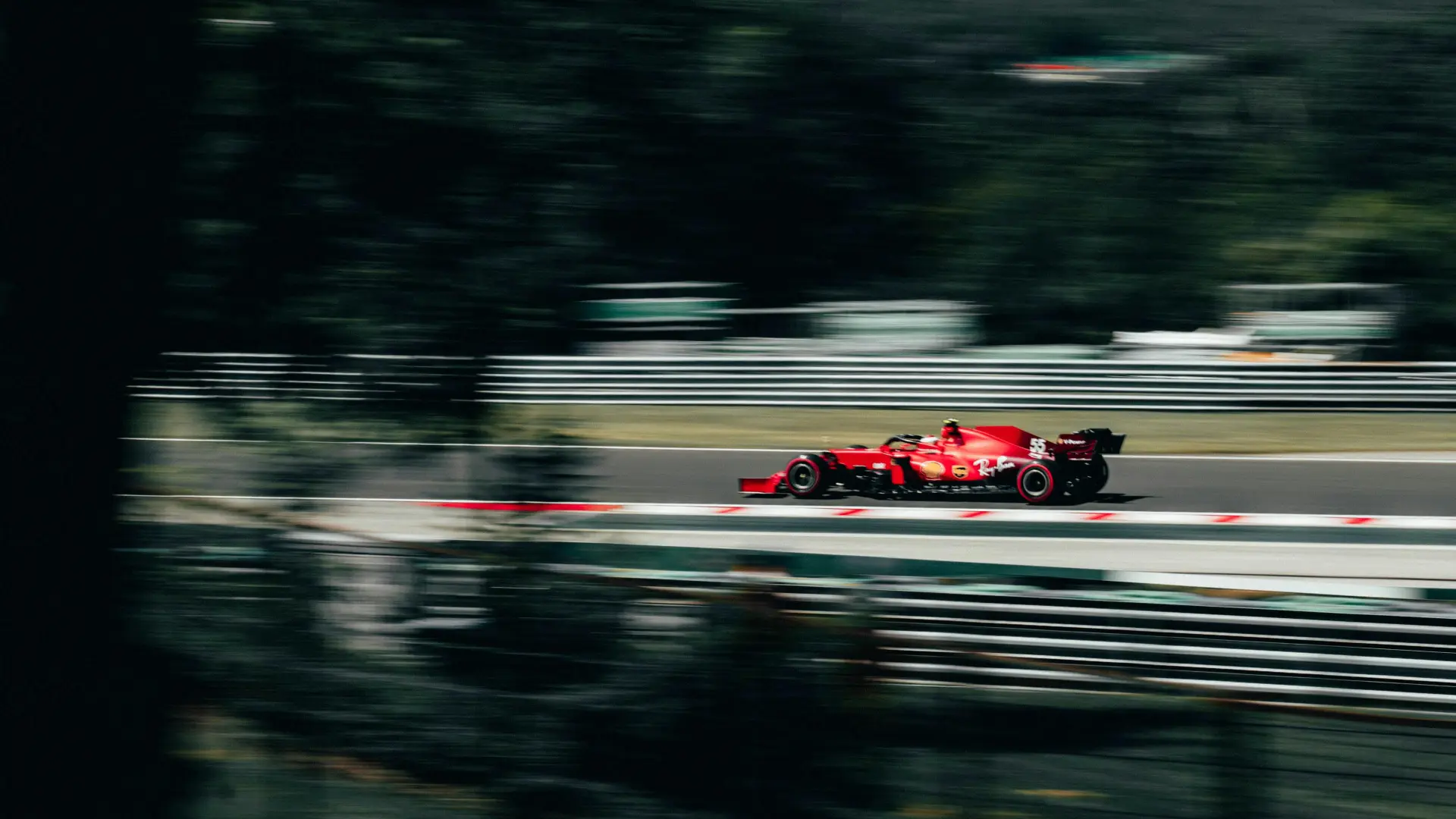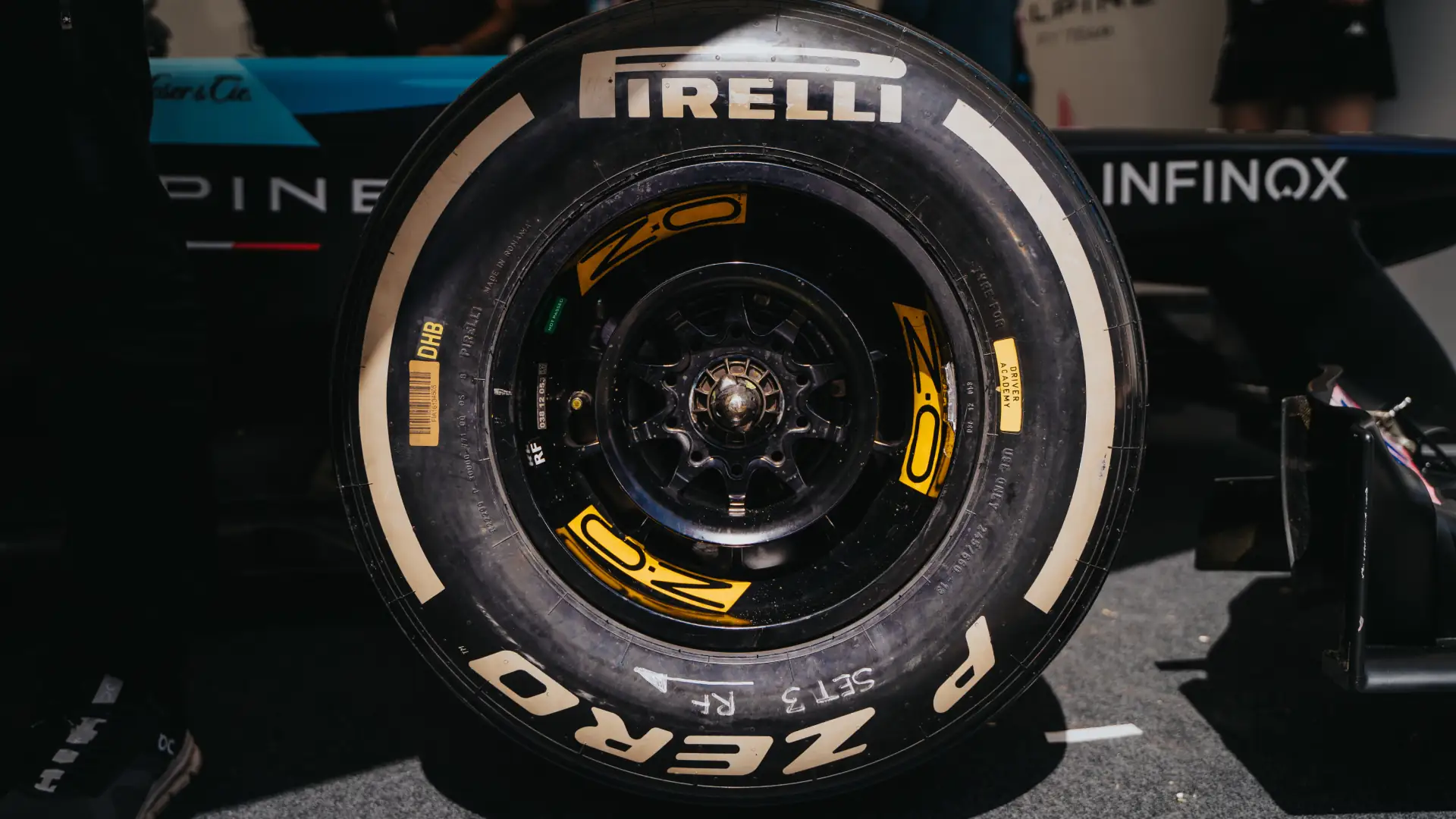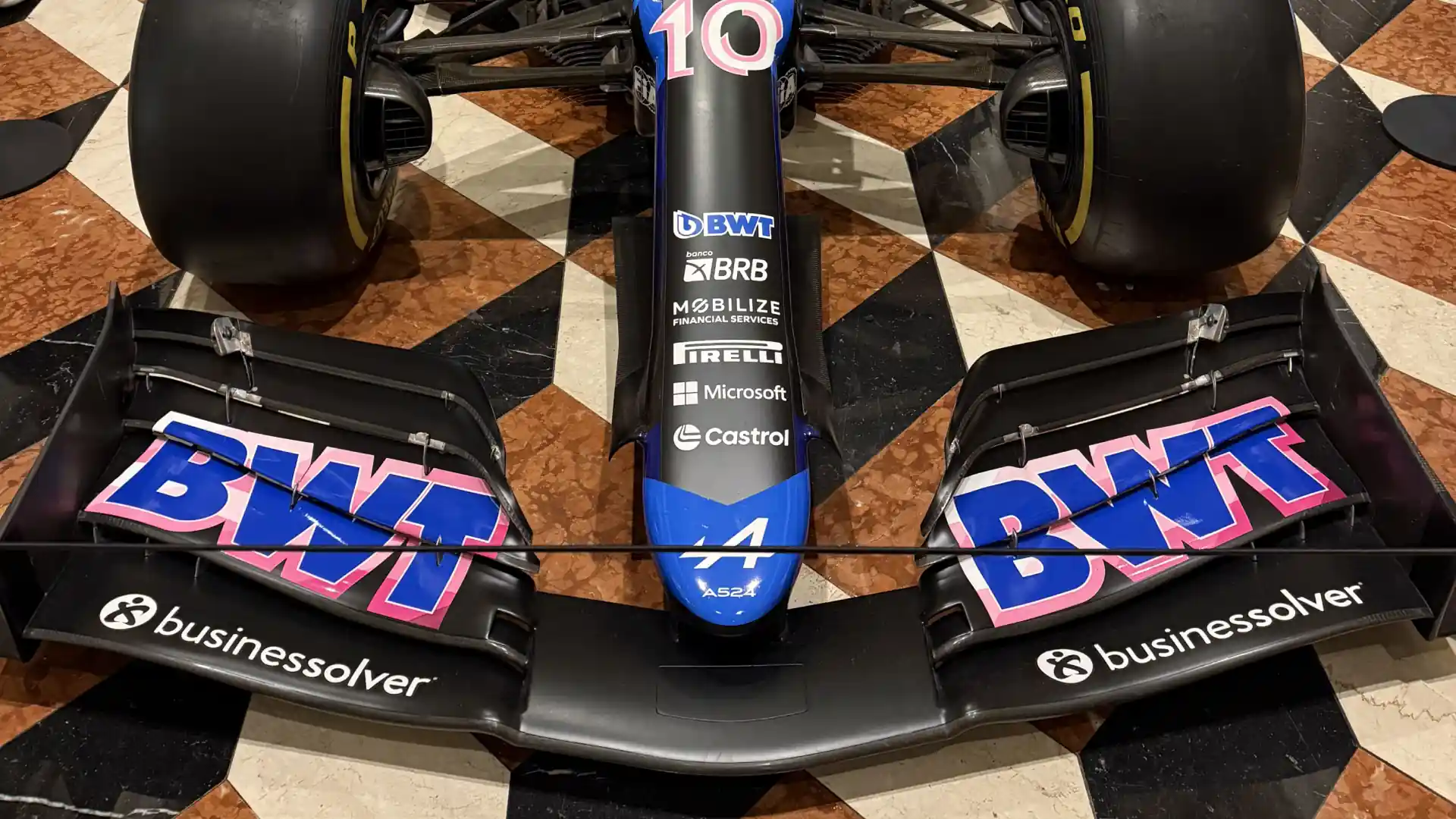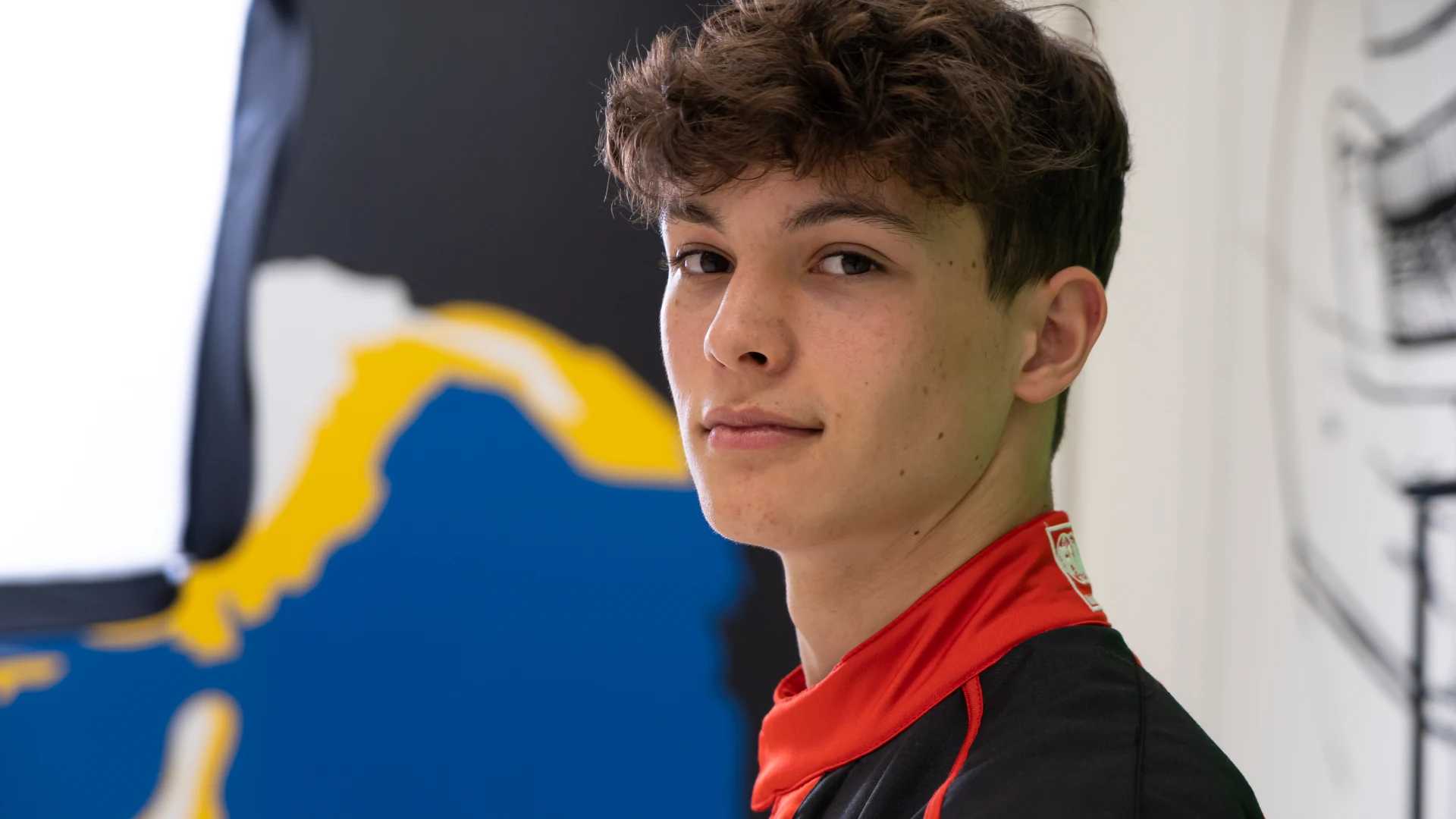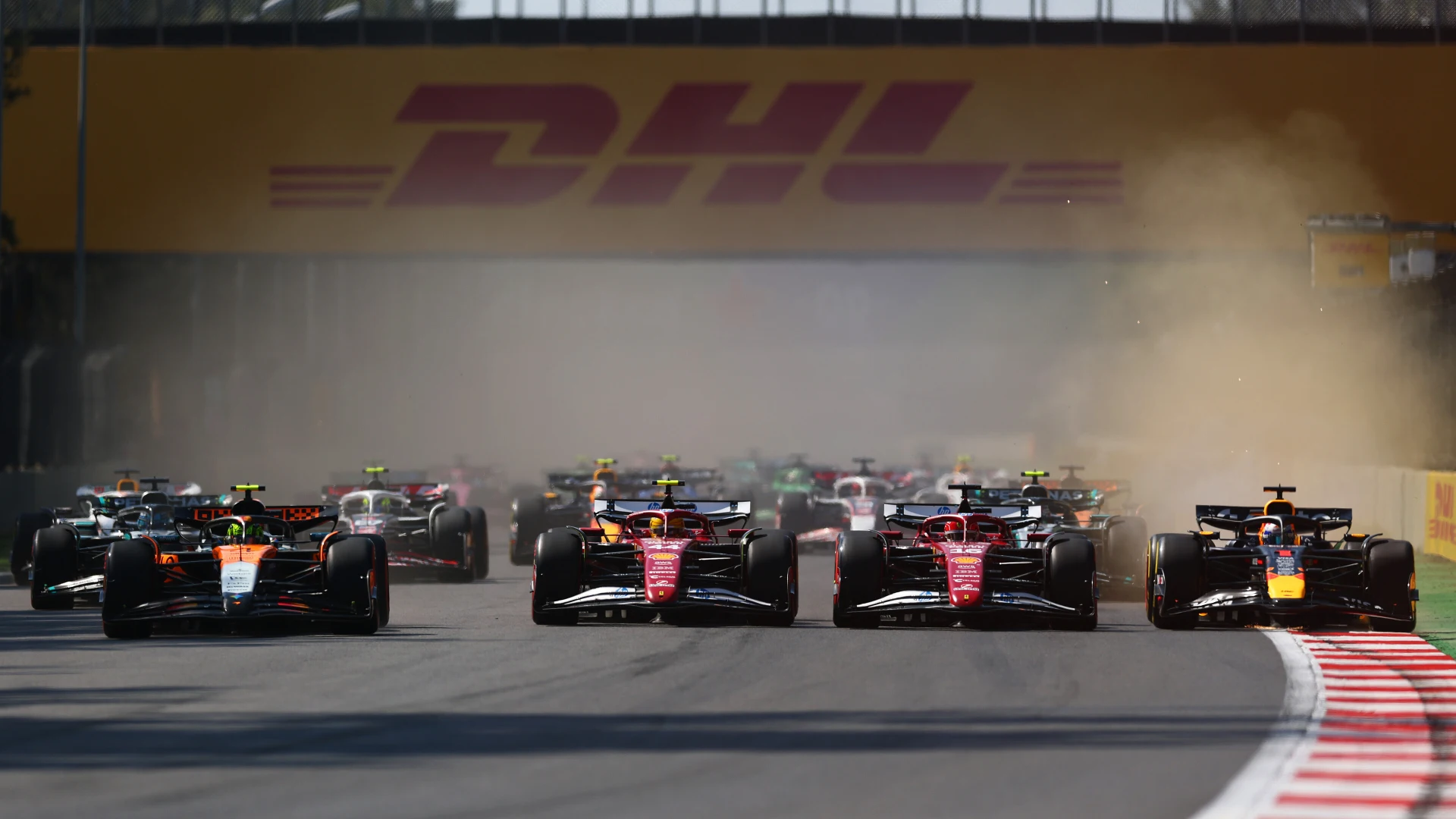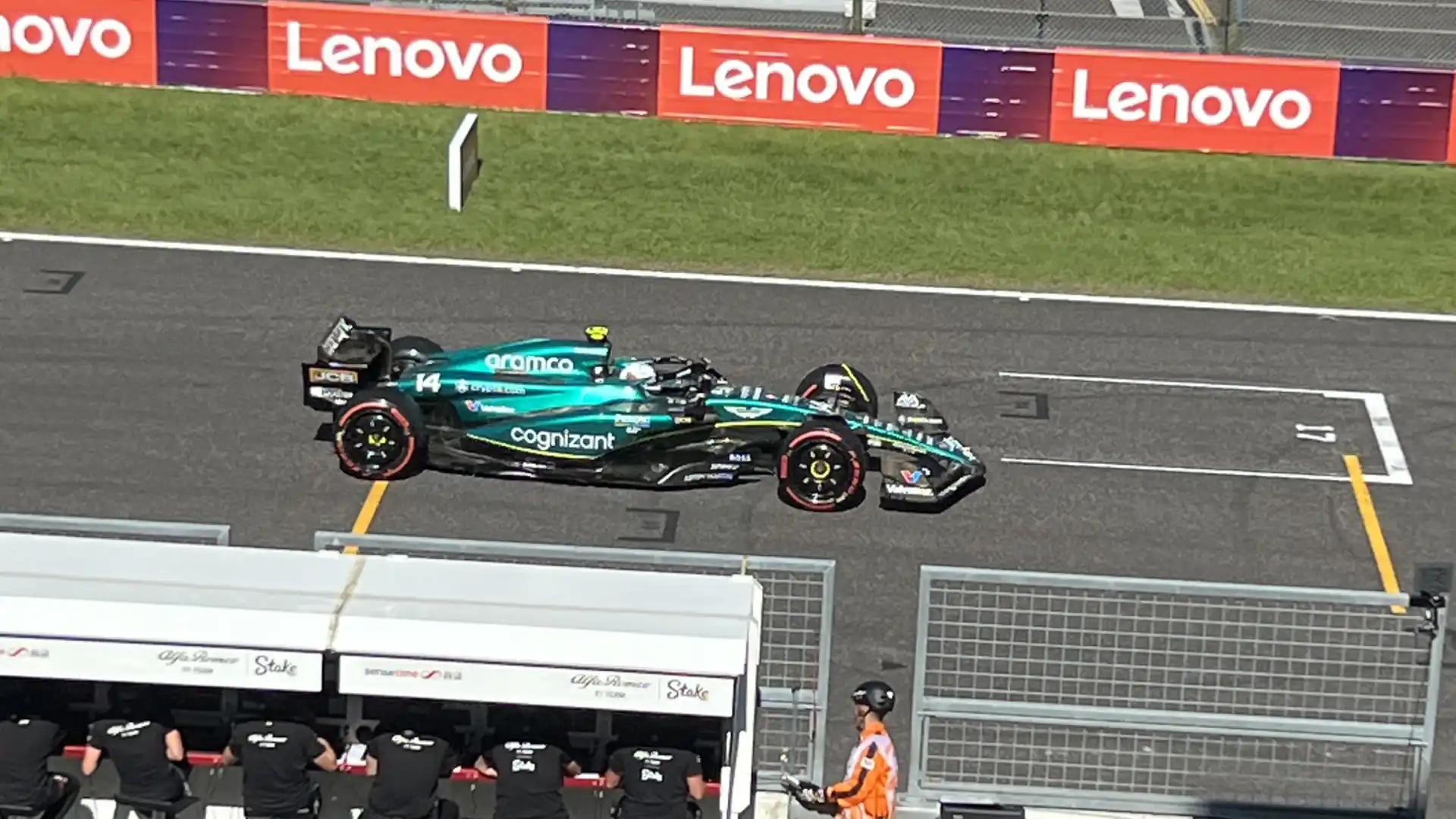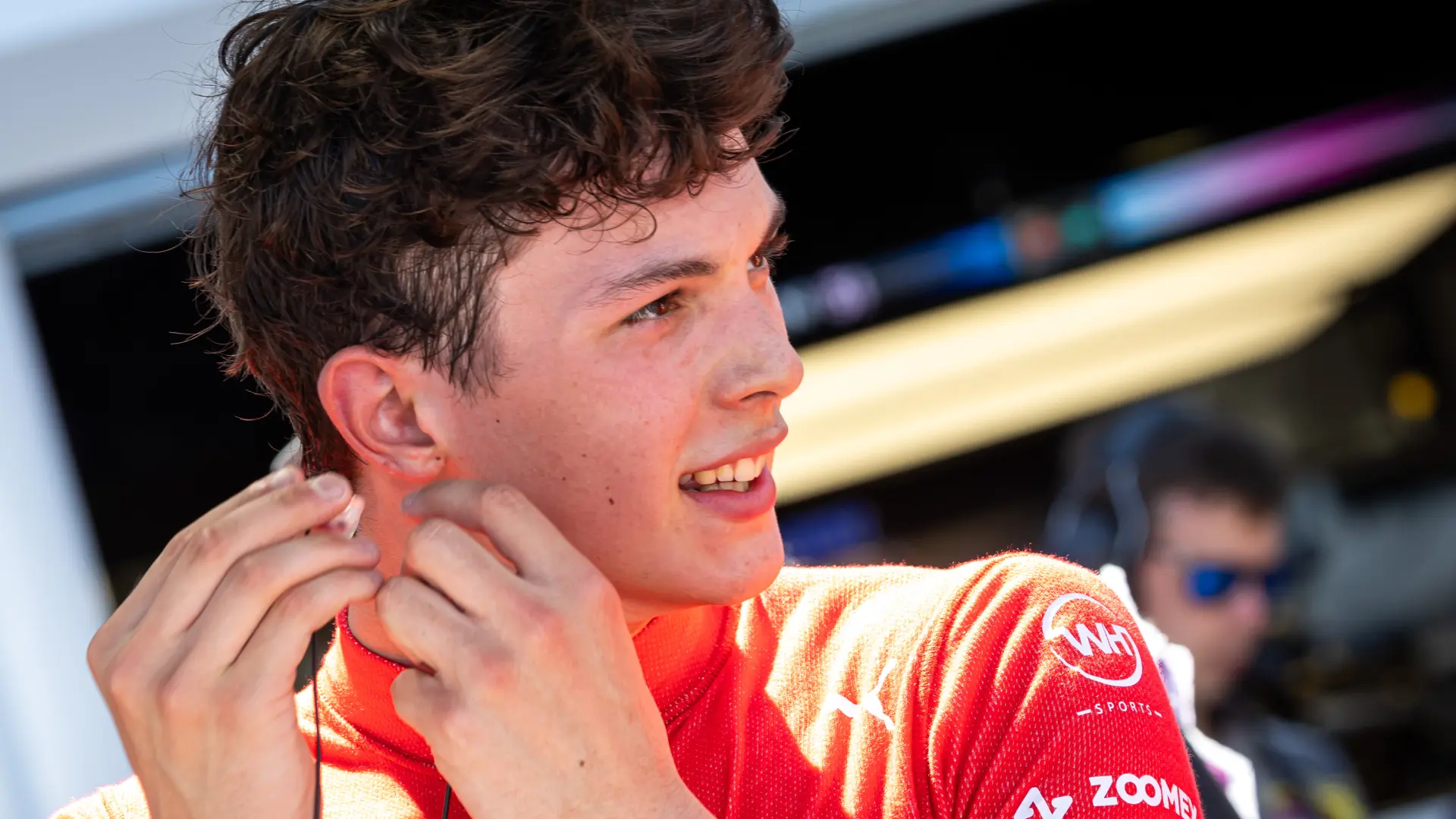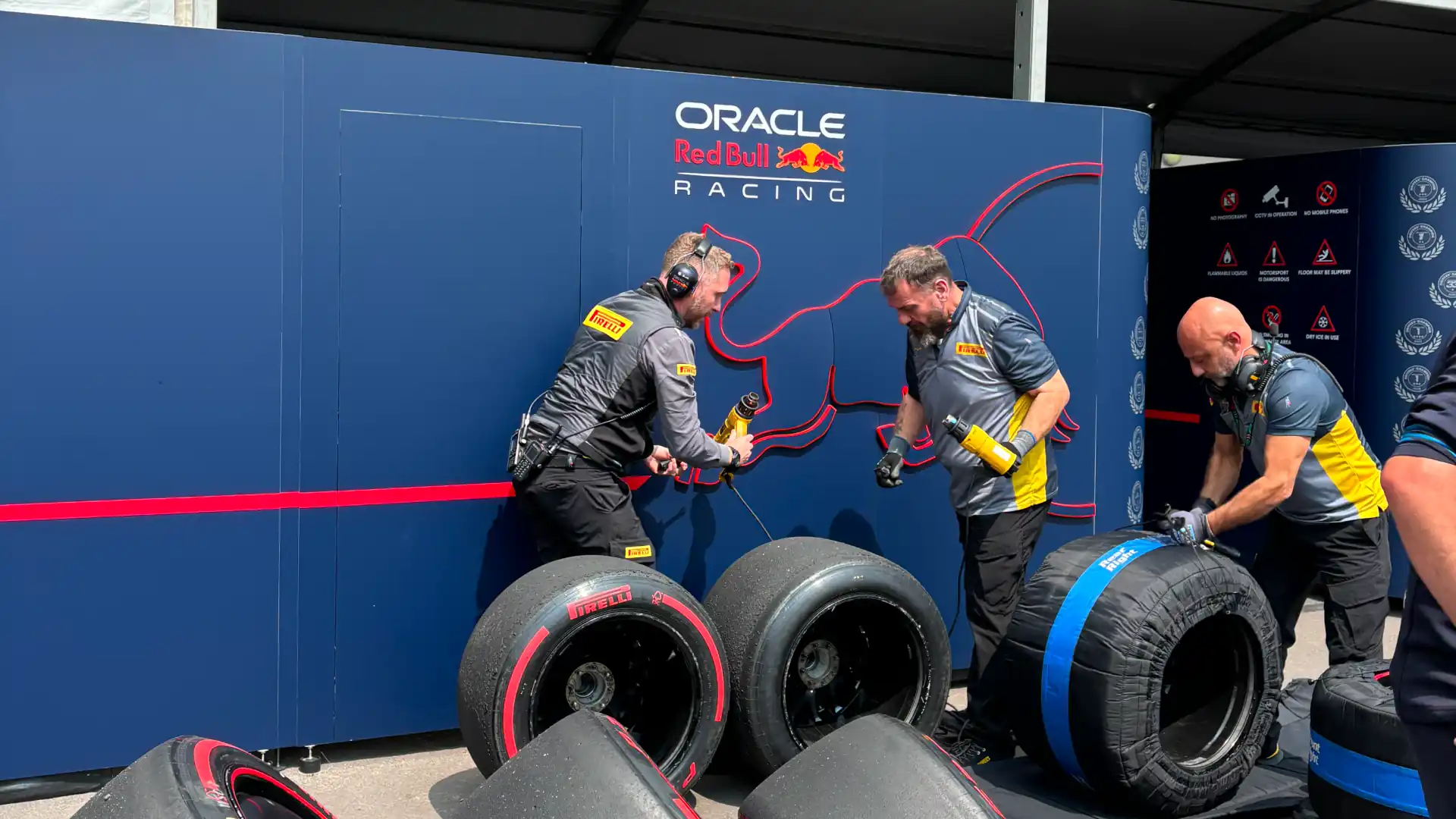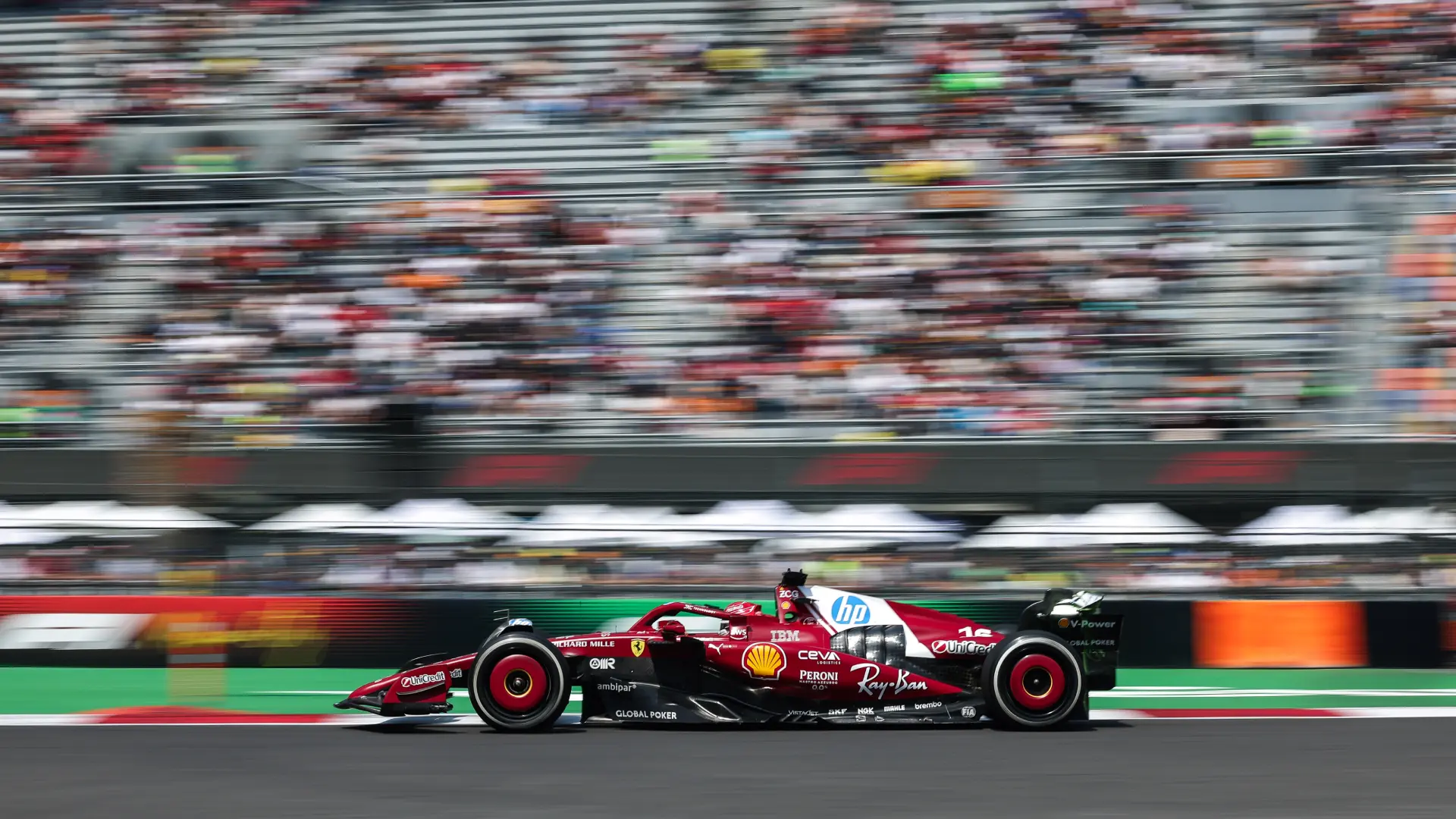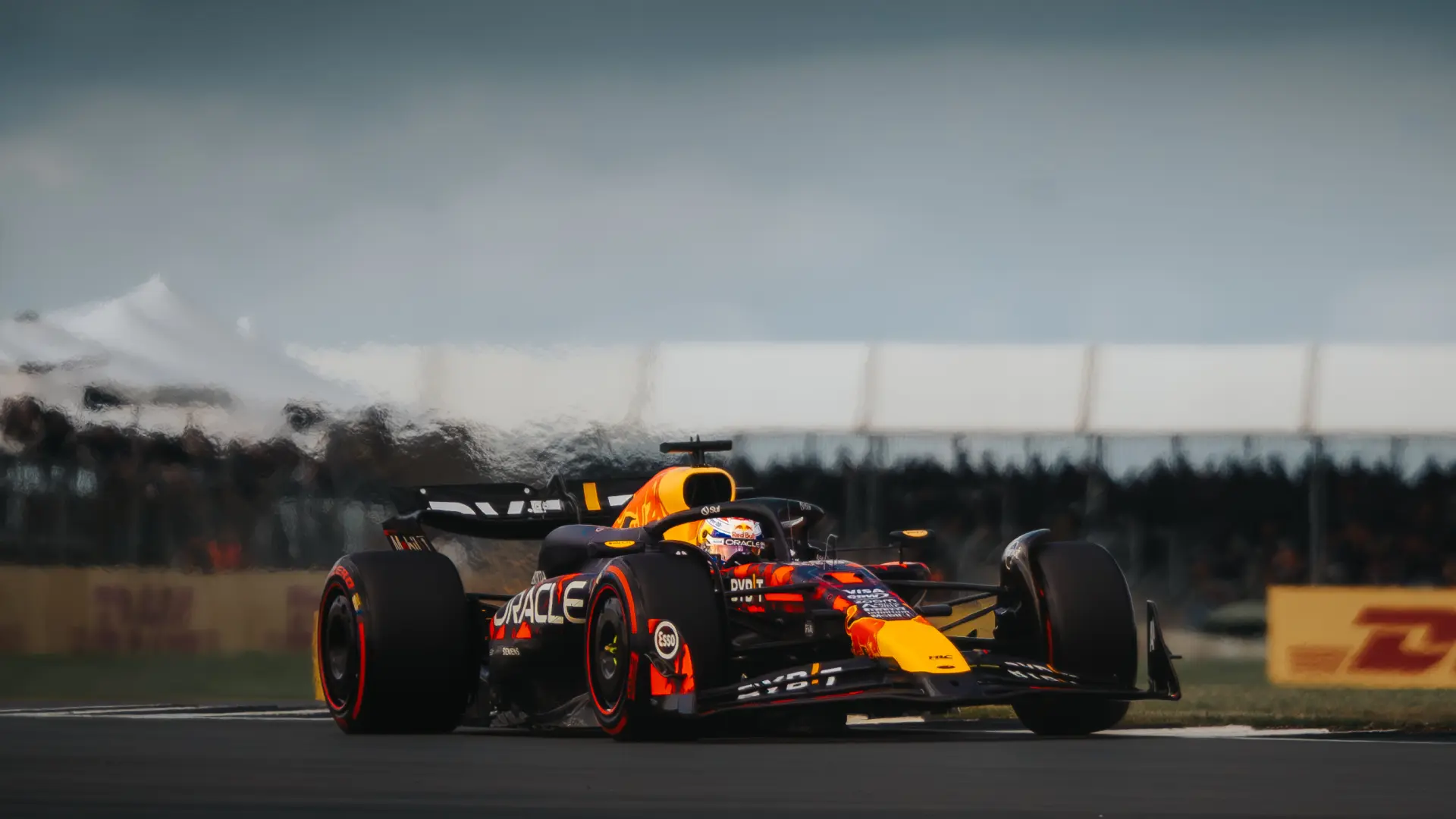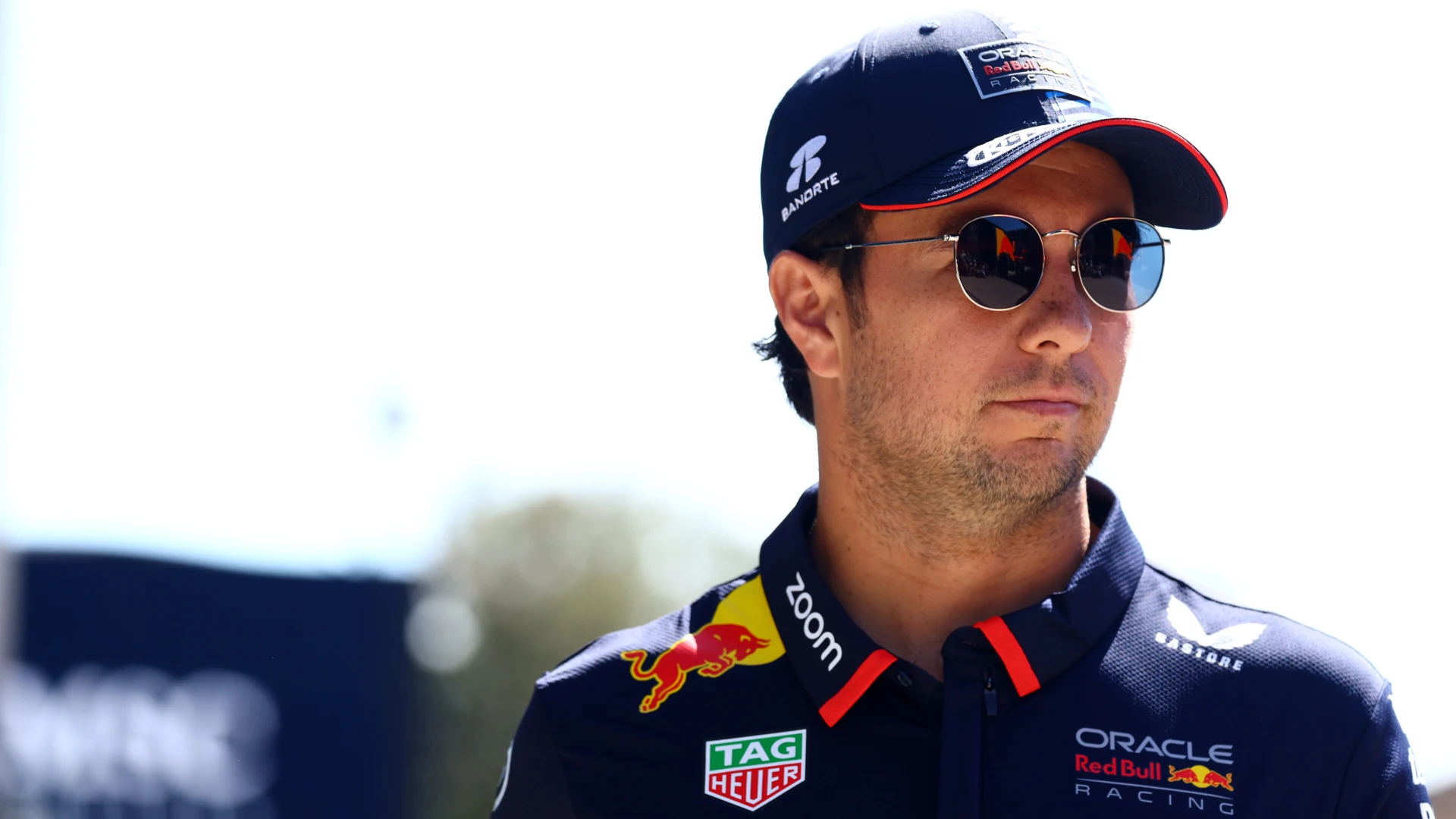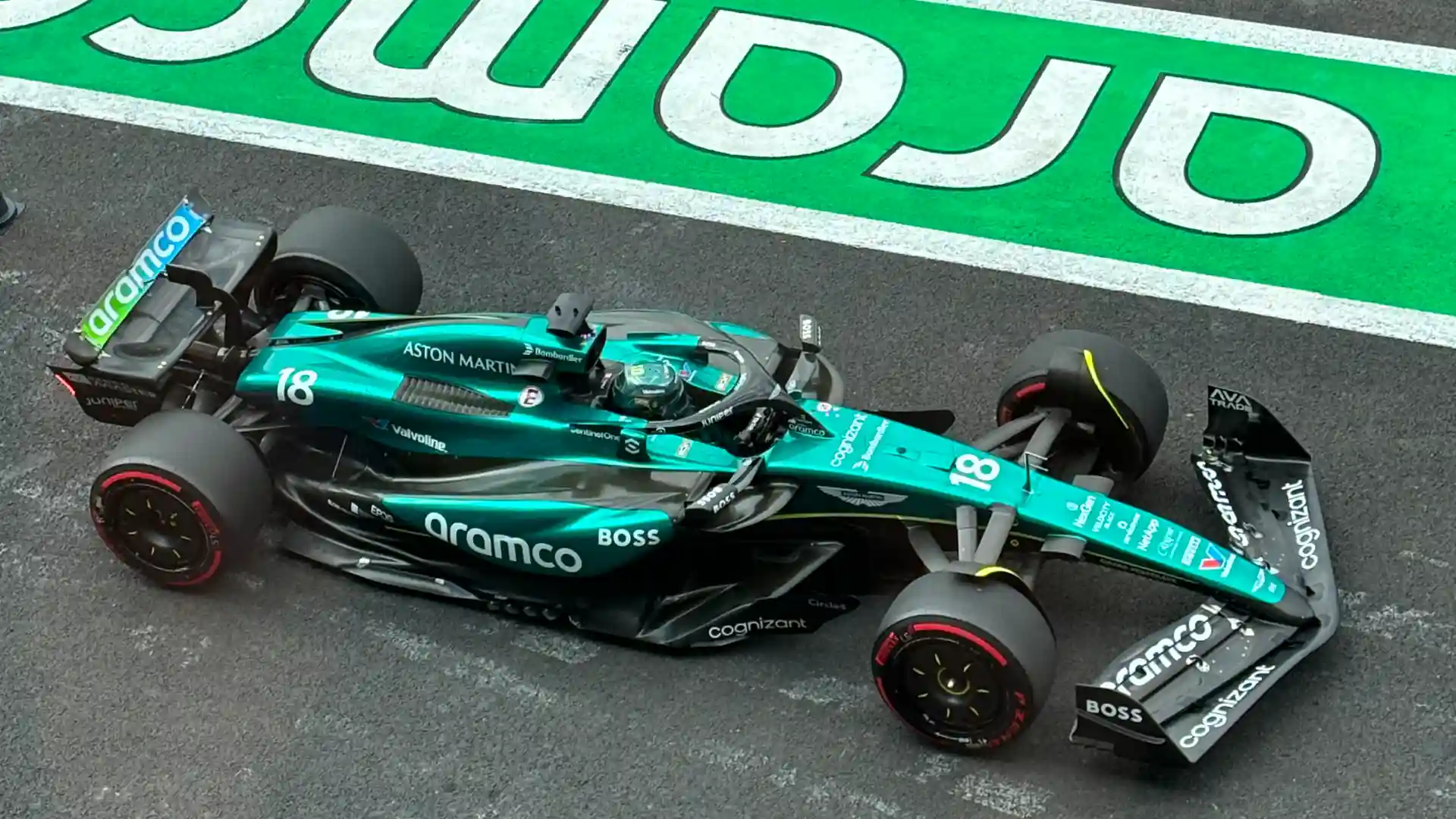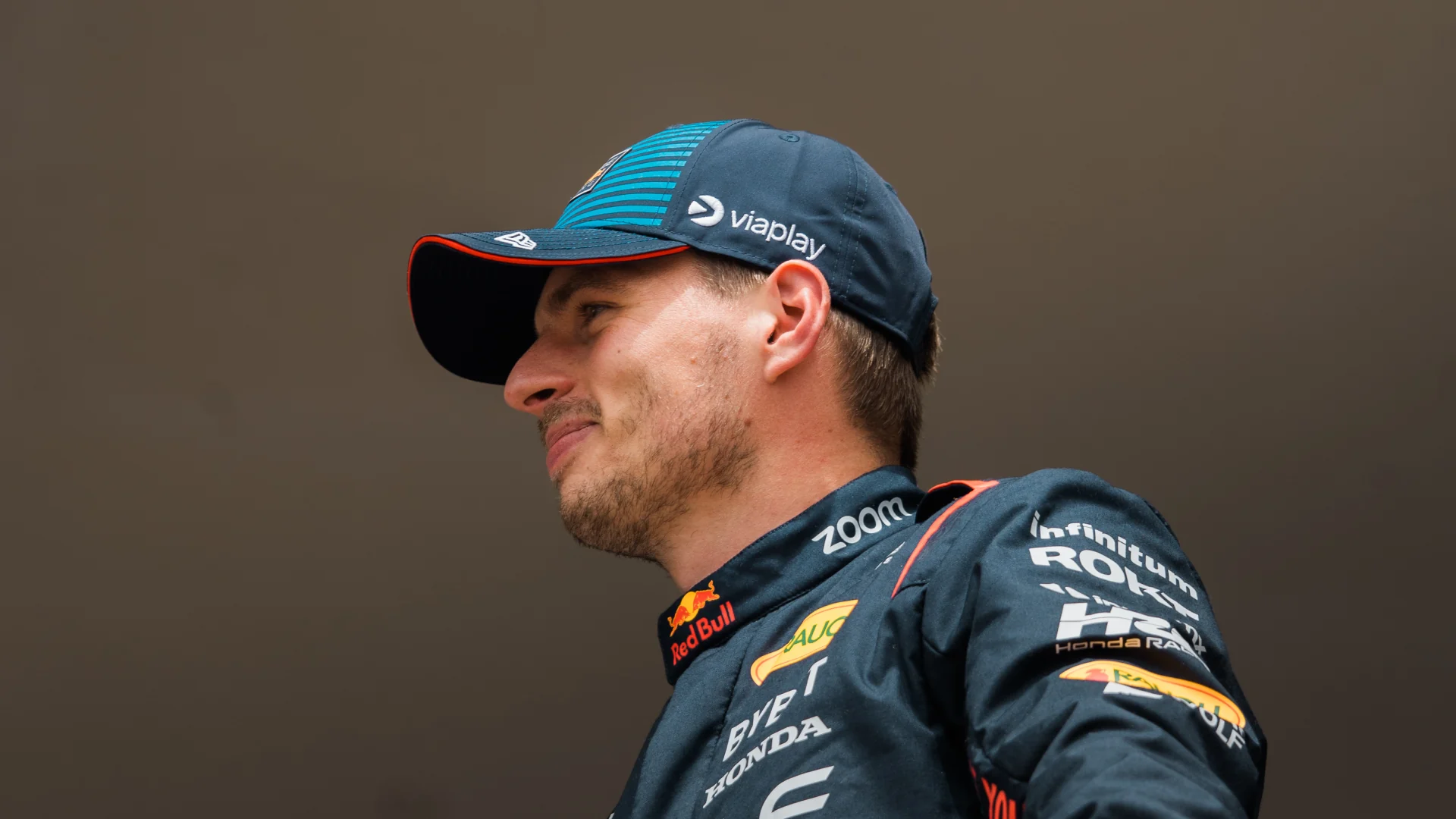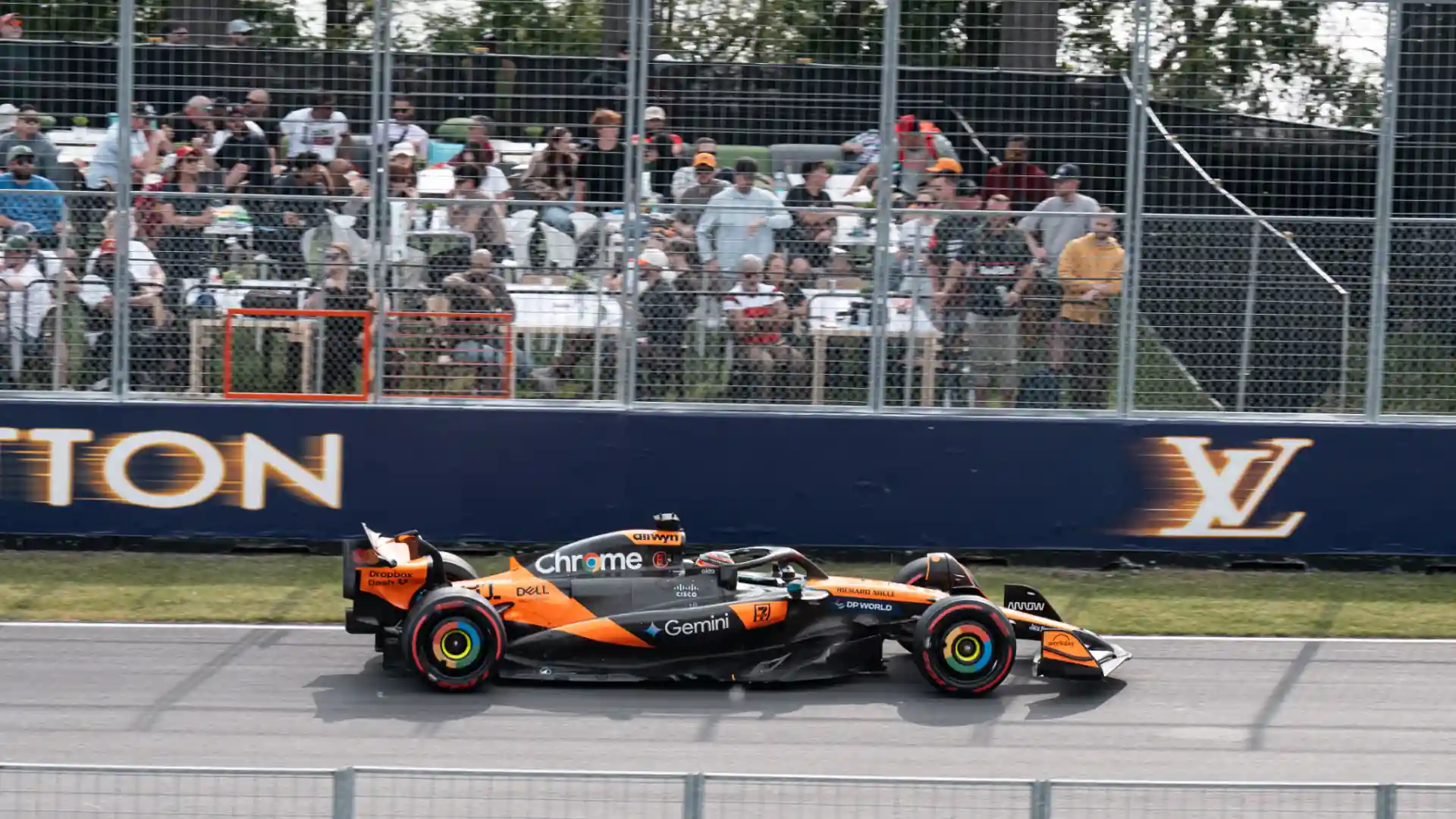It's the final F1 before the summer break. Which teams brough the biggest upgrades to the Hungaroring?
As Formula 1 arrives in Budapest for the Hungarian Grand Prix, much of the grid has chosen to stand still. With 2026 approaching fast, most teams are conserving resources, refining simulations, or quietly shifting to next-generation chassis development. But three outfits have filed tangible changes with the FIA. Red Bull, Aston Martin, and Racing Bulls each submitted updates, and while the scale is modest, the intent is clear.
This weekend is about fine margins. High temperatures, high downforce, and minimal overtaking opportunities make every aerodynamic detail count.
Here’s the full breakdown of what was submitted, what it means, and why it matters.
Analyzing the technical upgrades team-by-team
🔵 Red Bull
Red Bull arrives with two key changes addressing distinct performance goals.
- Front Wing: Red Bull has introduced a revised front wing flap with a longer chord on the second element. This increases local aerodynamic load at the front axle and is tailored to suit the higher rear downforce setup expected at the Hungaroring. It helps preserve balance and stability in low-speed corners.
- Front Corner: Cooling scoops around the front wheel bodywork have been enlarged and reshaped. The intake is wider, and the exit has been modified to improve airflow through the brake ducts. This improves thermal management under braking during long stints in hot conditions.
Verdict: A clean, thermally-focused update. Hungary’s layout puts heavy load on brakes and tires, and Red Bull is taking no chances. The flap geometry maintains front-end grip without tipping the car into understeer, while the revised cooling design protects against fade. Not a major downforce gain, but a useful reliability buffer.
🟩 Aston Martin
Aston Martin, however, is entirely focused on aero balance.
- Front Wing: Aston Martin has updated the flap on its latest front wing spec, first introduced at the last round. The new design is more aggressive and increases overall front downforce, optimized to match the high downforce rear wing chosen for this race.
Verdict: This is all about front-to-rear harmony. More bite from the front axle should improve corner entry and rotation, especially through Turns 1 and 6. While subtle, the change shows Aston Martin is still refining their 2025 aero baseline rather than just waiting for 2026.
🔷 Racing Bulls
Racing Bulls delivers a two-part update aimed at airflow and cooling.
- Front Corner: The shape of the front brake drum components has been modified. This improves flow conditioning, allowing smoother air movement toward the car's rear. Better-controlled front corner flow can improve downstream aero behavior through the floor and sidepod inlets.
- Cooling Louvres: Larger louvre panels have been added to boost cooling efficiency. These are part of Racing Bulls’ circuit-specific strategy to manage engine temperatures under Budapest’s expected heat.
Verdict: A sensible combination of performance and reliability tuning. Improving front-to-rear airflow reduces instability during load transitions, and the cooling solution adds thermal margin for power unit management. The gains may be small, but every bit helps in a midfield this tight.
❌ No changes from the rest of the grid
Belgium was a big weekend for many of the top teams to test car enhancements. McLaren, Ferrari, and Mercedes all brought upgrades, as did Alpine and Williams. This weekend they've opted to stay the course. For Haas and Stake, however, it's another week with no changes to the cars.
Whether holding back for the summer break or shifting focus to 2026, development has paused across the board.
🔎 What to watch for in Spa
- Red Bull’s cooling upgrades - If temperatures climb on race day, Red Bull should run cleanly. Brake wear and power unit temperatures are always a risk at the Hungaroring, and this setup shows they are covering both fronts.
- Aston Martin’s balance tweaks - A sharper front end could translate to more confidence through the low-speed sections. This matters at a track where clean corner rotation is crucial for lap time.
- Racing Bulls’ airflow revision - Flow management is not glamorous, but it’s effective. The tweaks around the front corner might help stabilize tire behavior and keep aero surfaces working at their intended thresholds.
This isn’t a major update weekend by numbers, but that doesn’t mean it lacks meaning. The cars that are already well-balanced will benefit most at the Hungaroring. Teams like Red Bull and Aston Martin have simply polished the edges. Racing Bulls are quietly chipping away too.
It’s the kind of race where preparation pays off. Especially when it’s hot, and there’s no room to recover from small missteps.
Looking for more F1 tech?
I hope you have enjoyed these insights into the technical world of F1! Check back every race week for more.
For all things F1 news and tech throughout the week, join the Coffee Corner Motorsport base on FanAmp and check out all of Coffee Corner Motorsport's social channels!
You can also find me on The Fantasy Formula, here on FanAmp, where I will bring my tech perspective to the world of Fantasy F1 alongside Adam and Zach. While you're tuning in, be sure to join our featured F1 Fantasy league to compete with us and the TFF community all season long.
See you all next time!





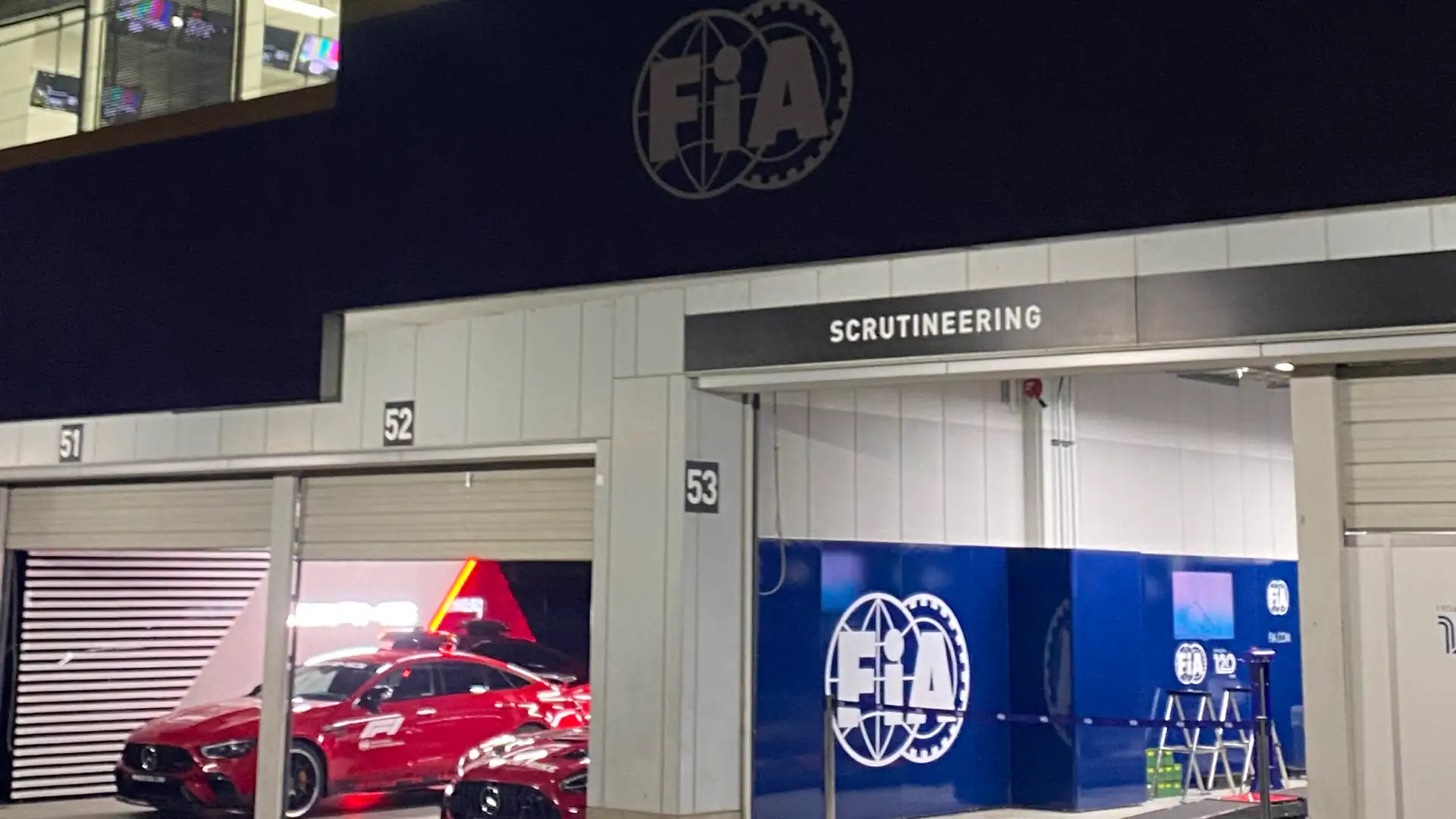
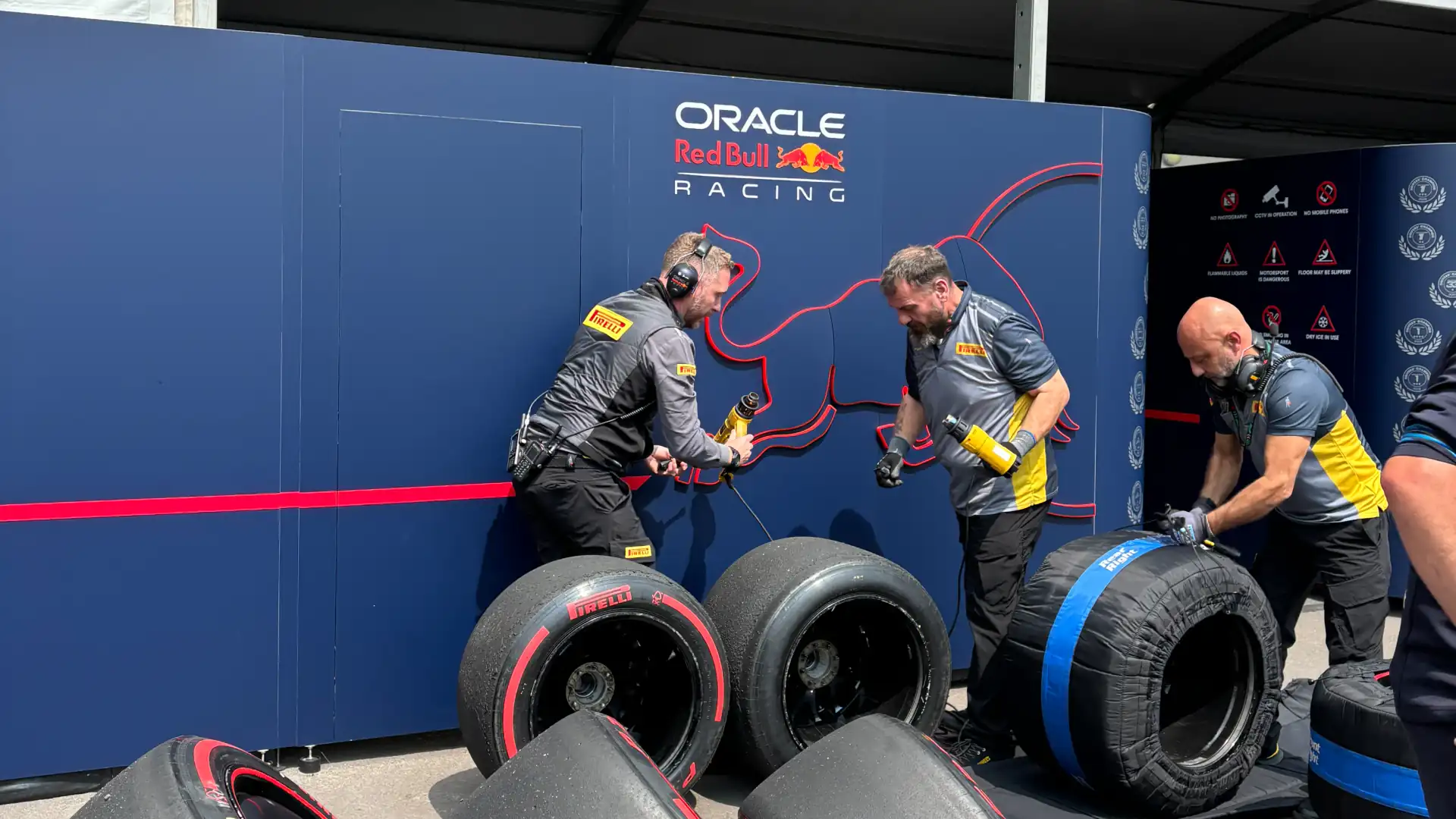
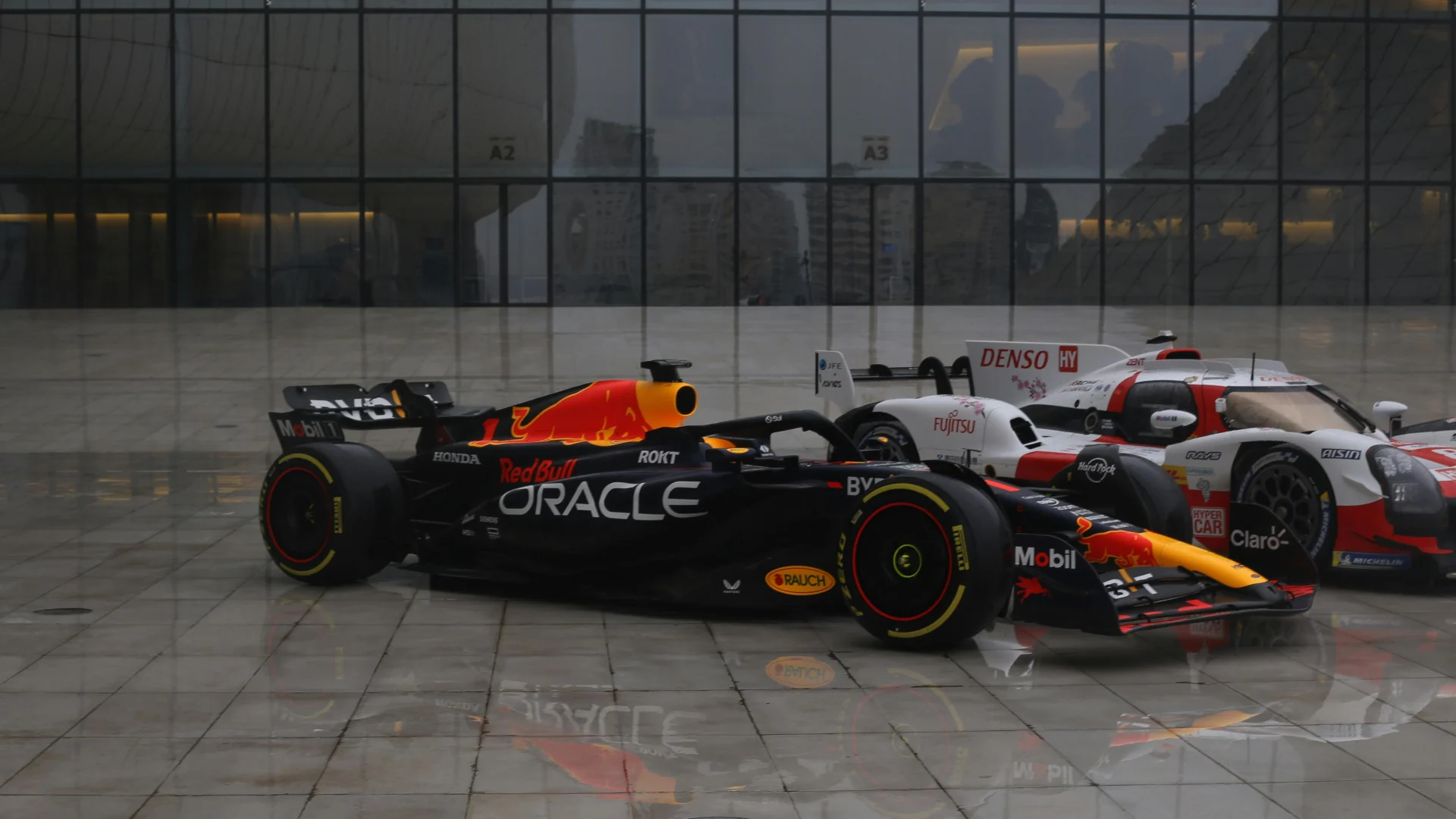


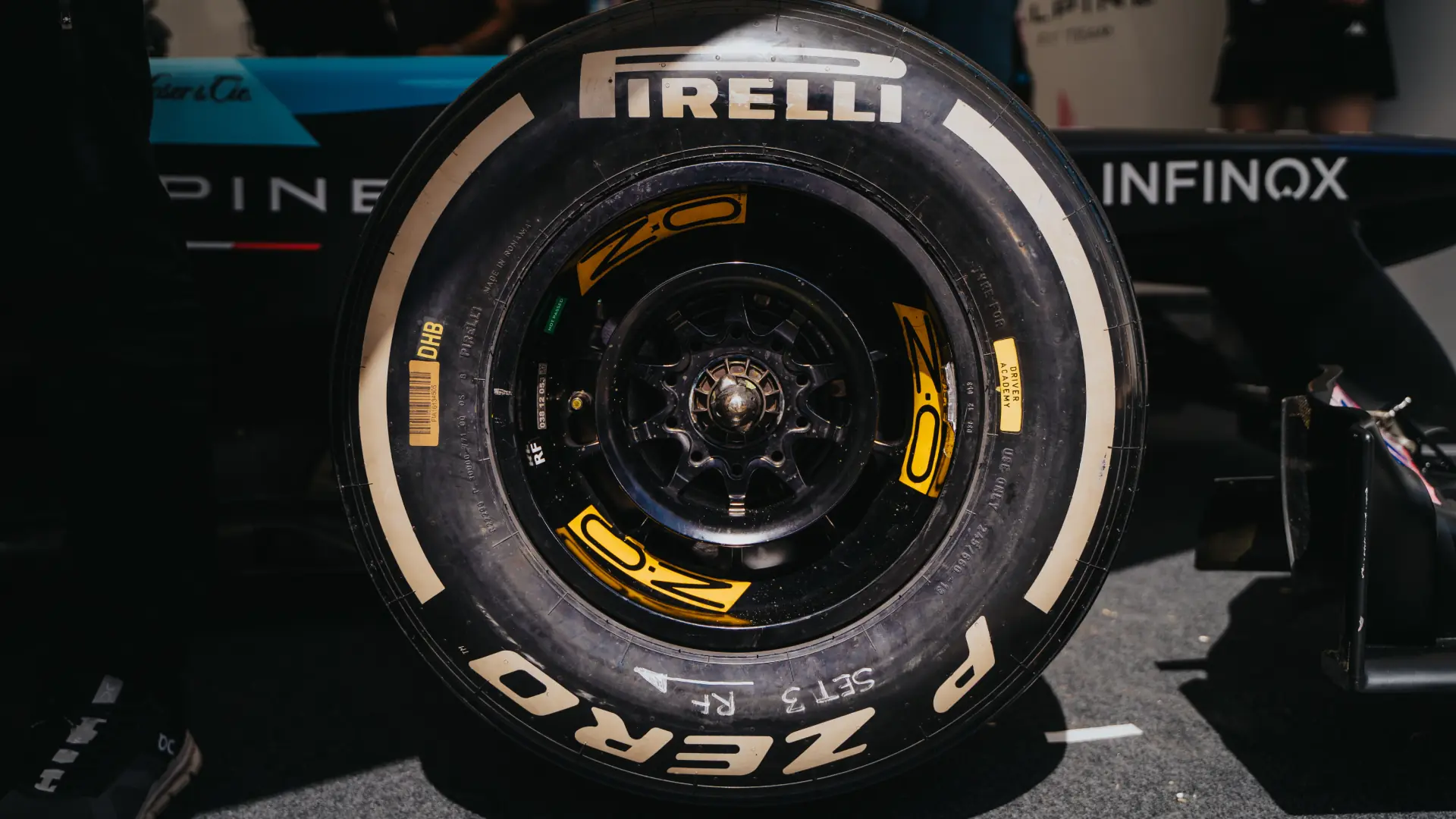
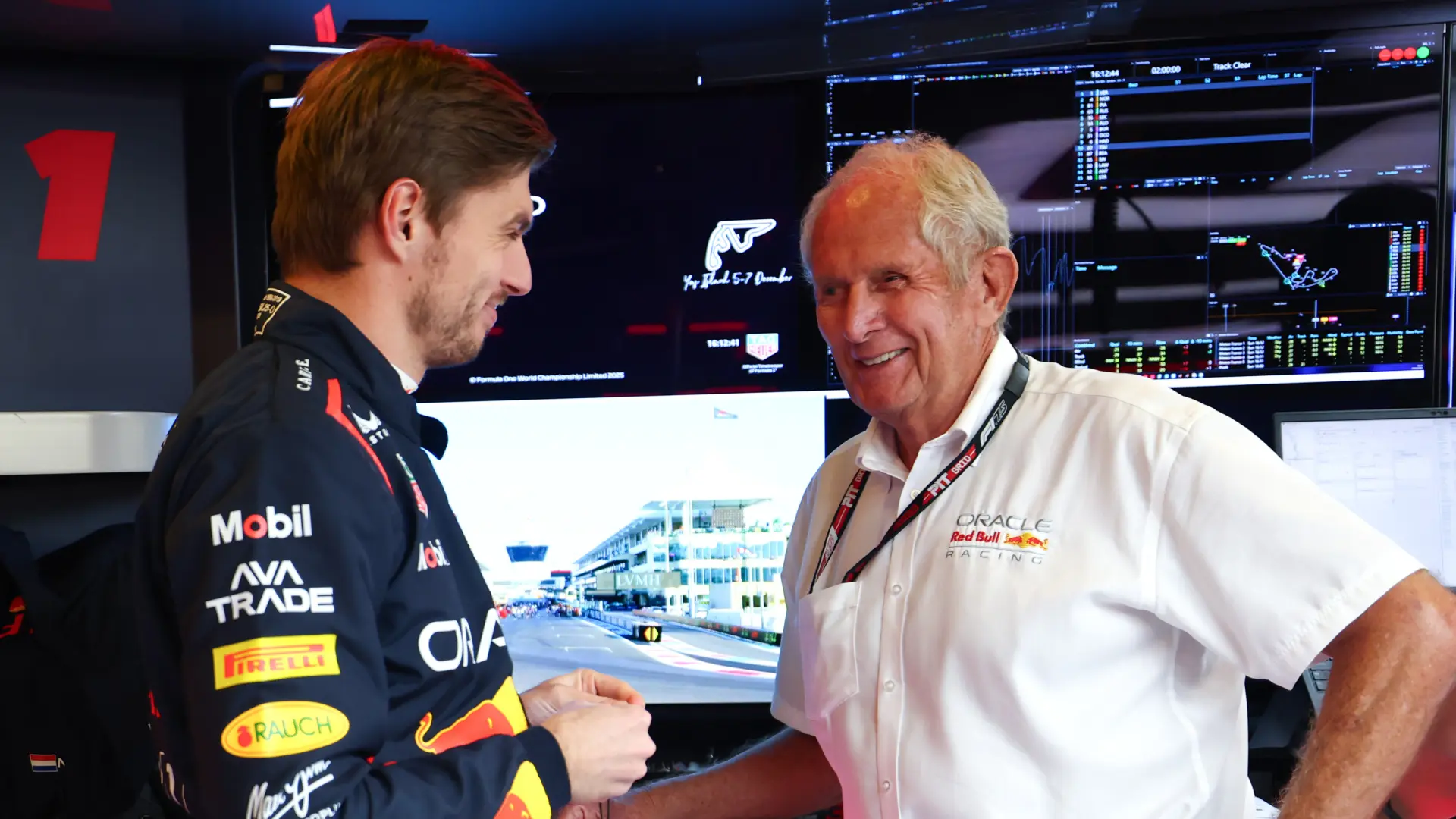

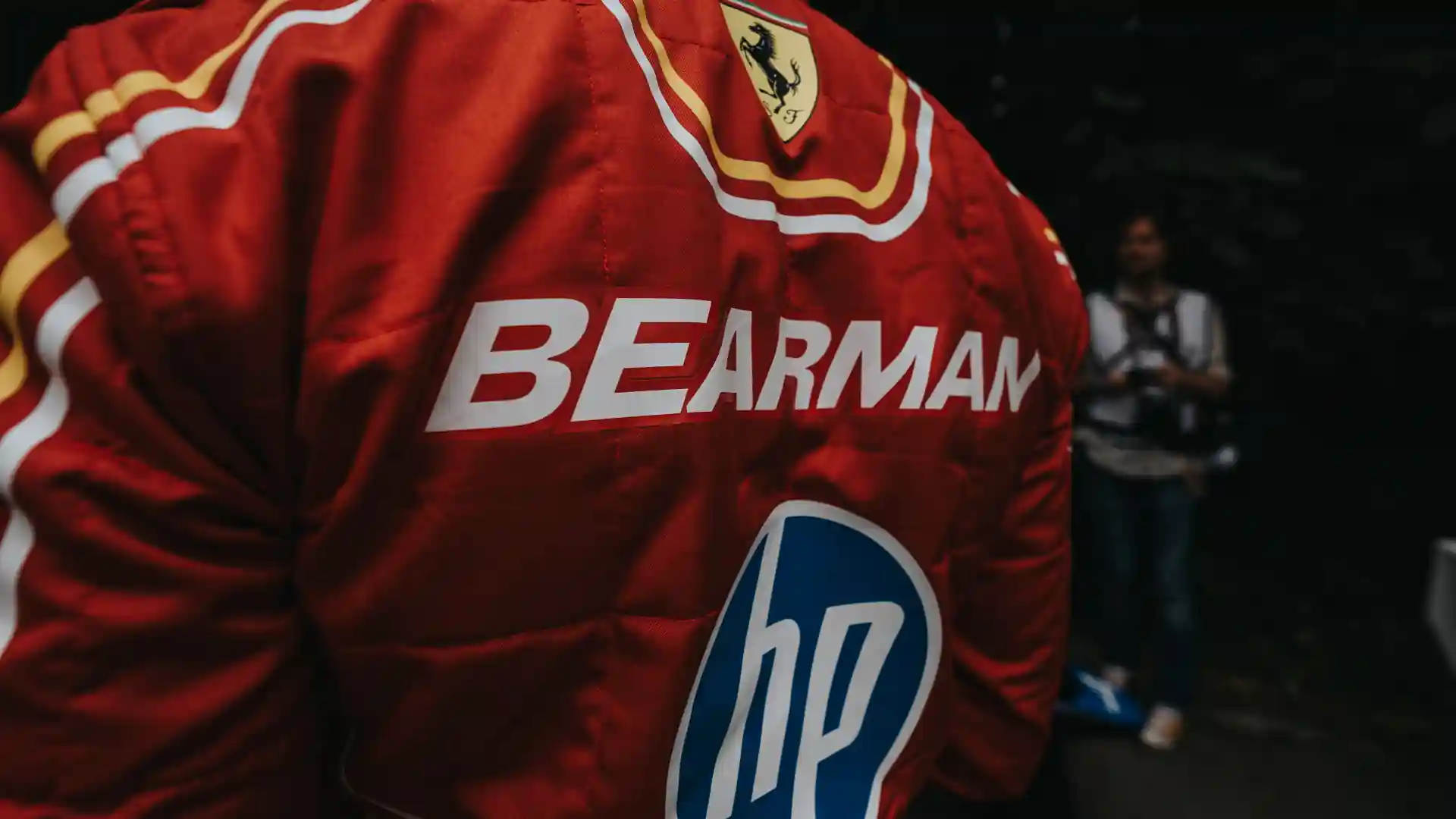

.webp)
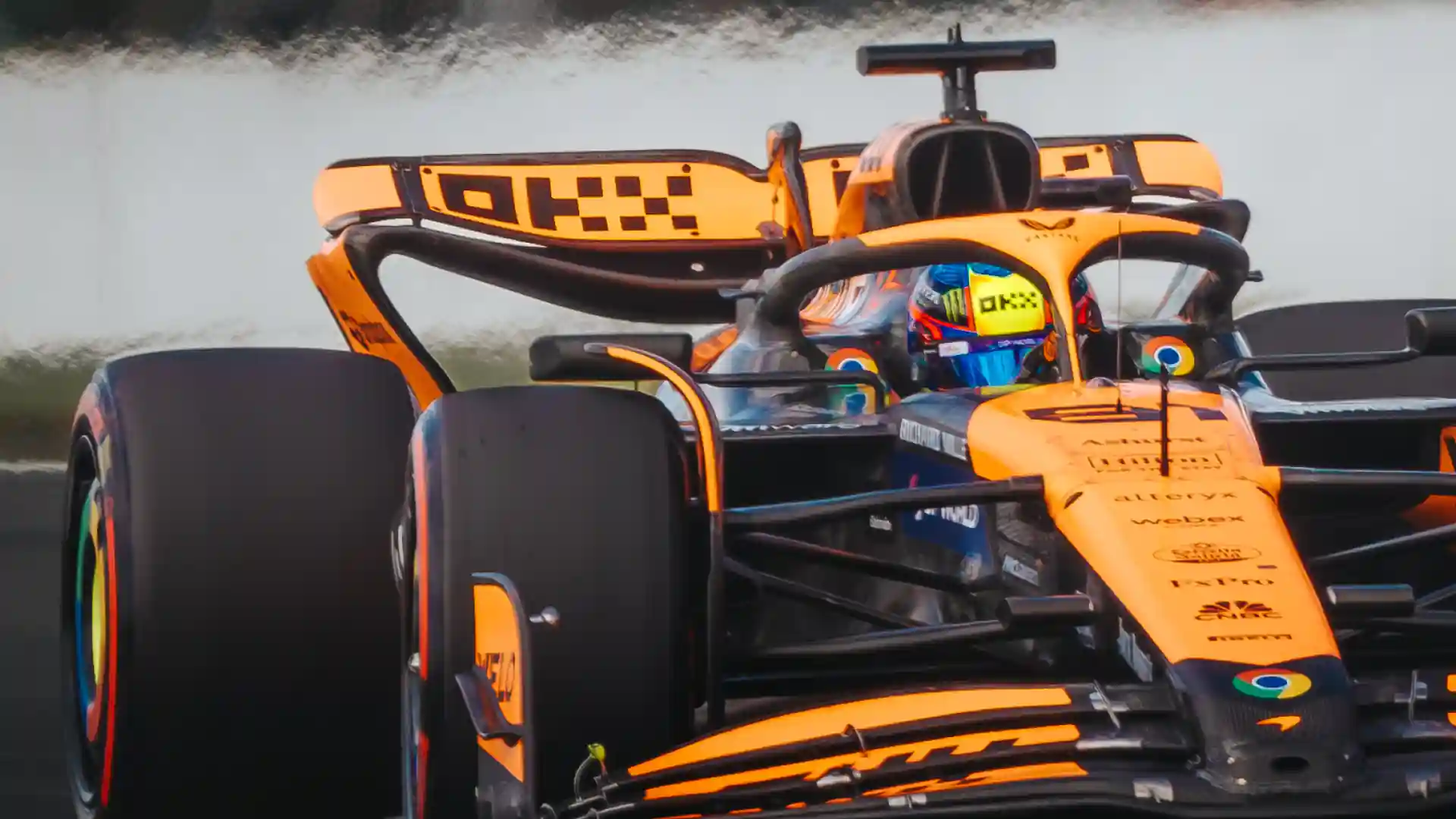

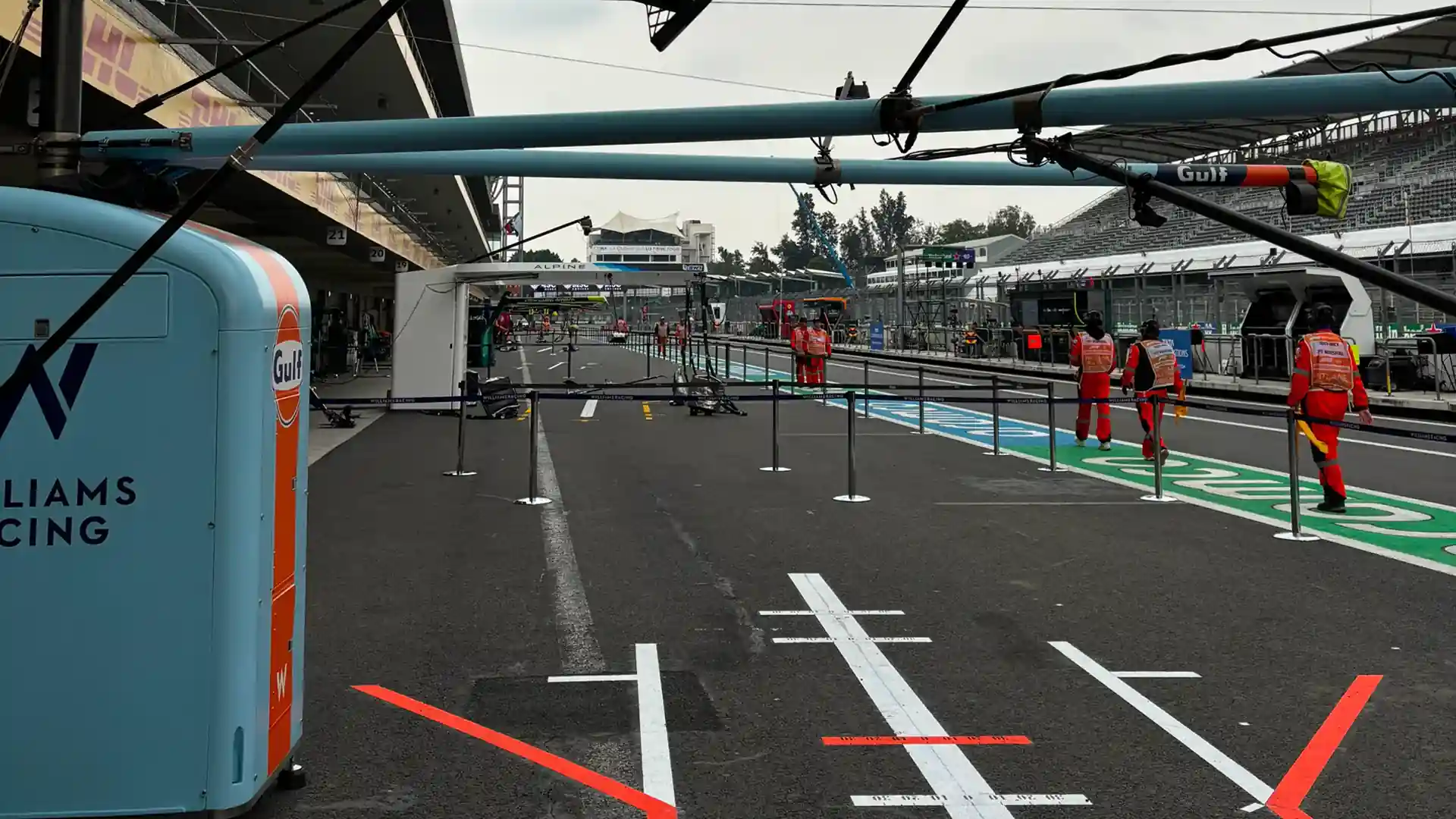

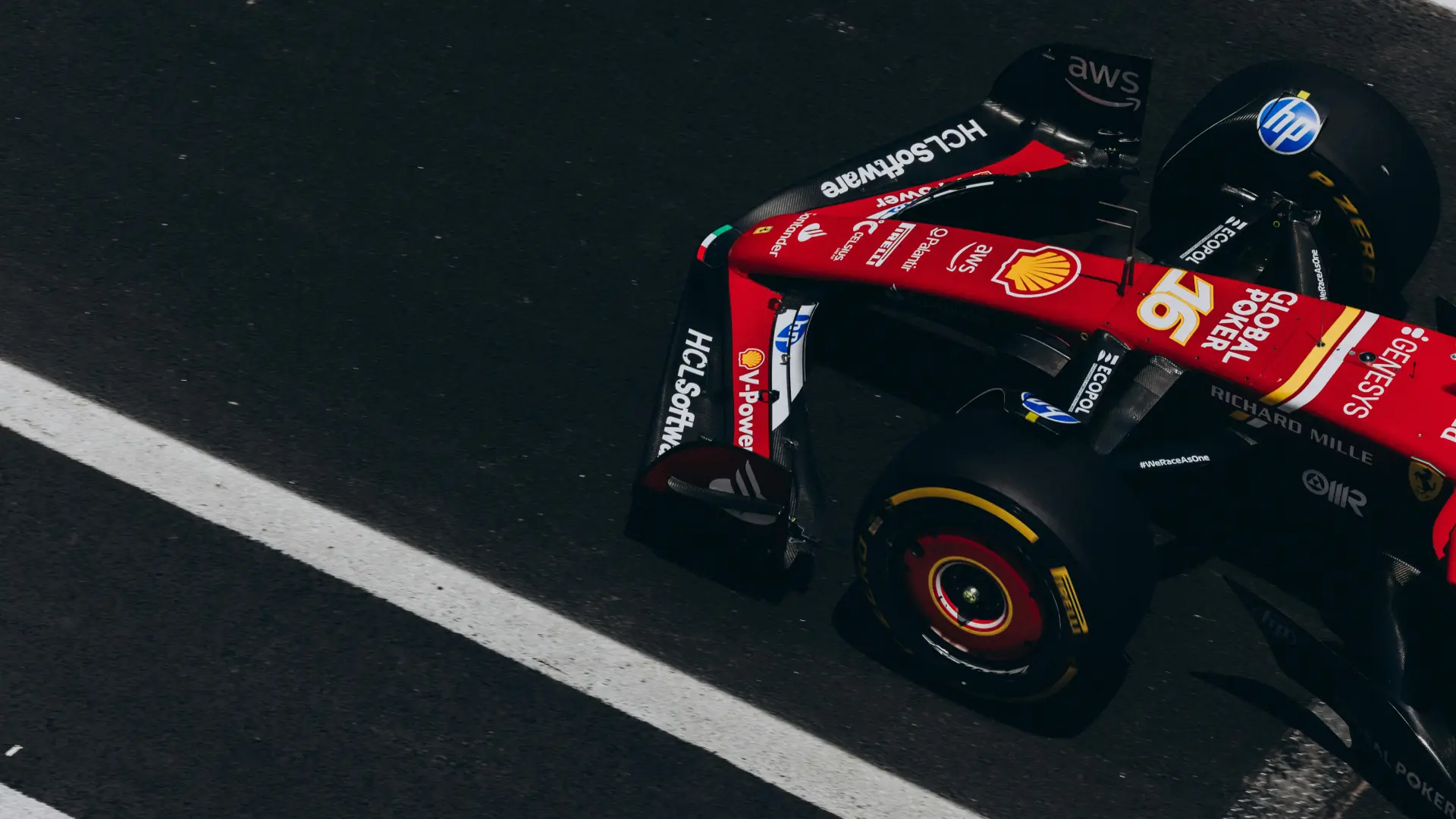




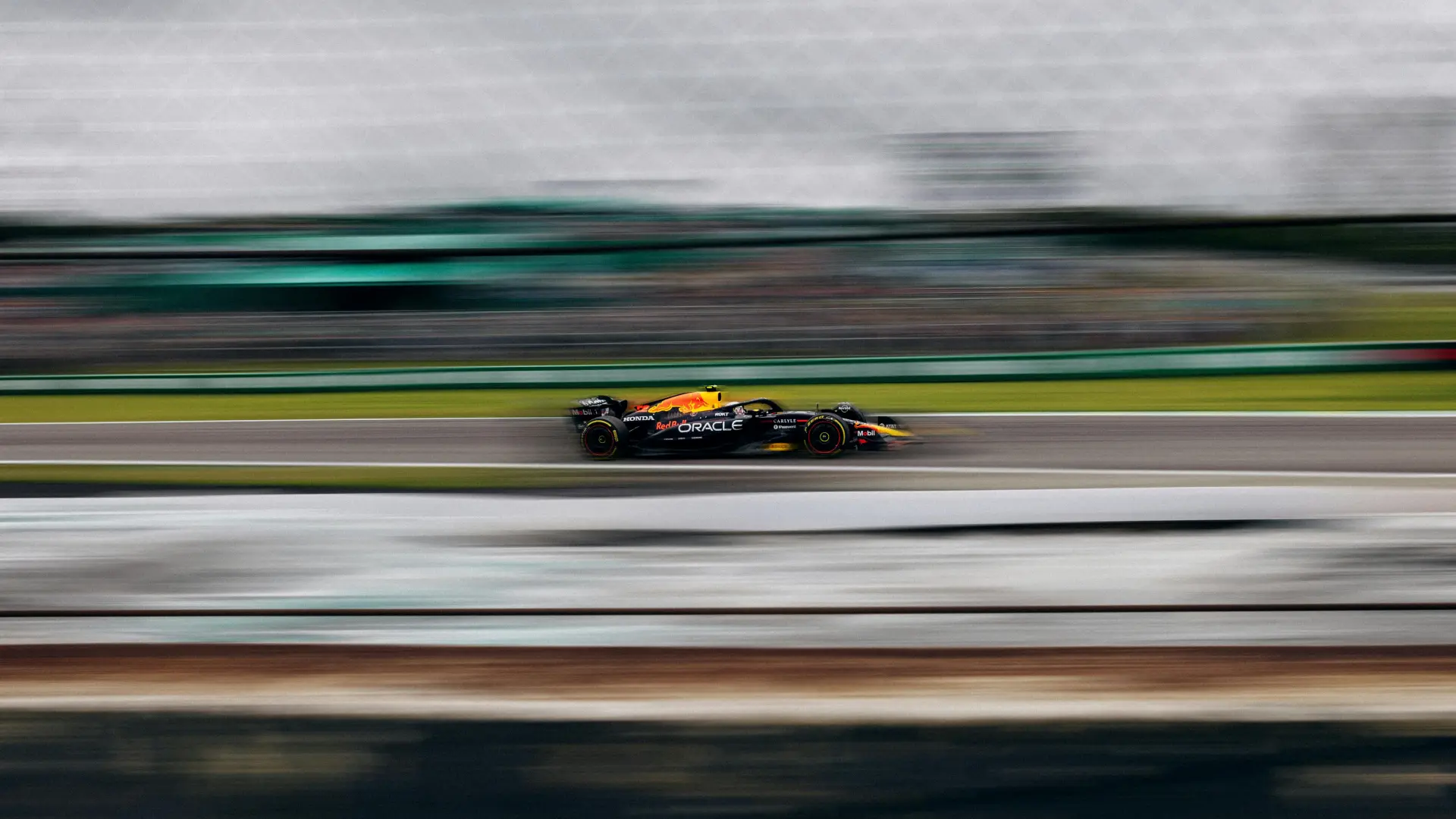


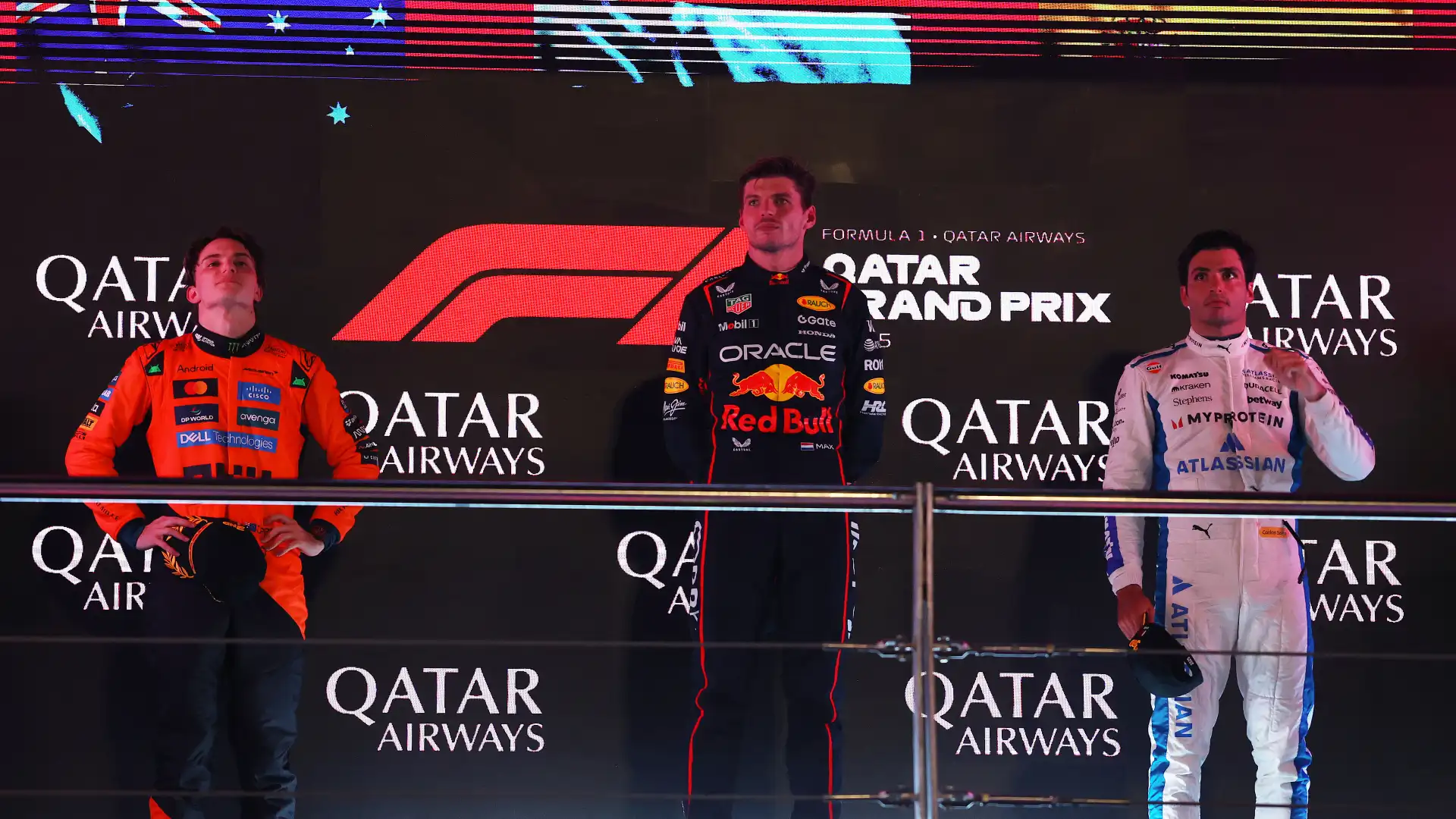

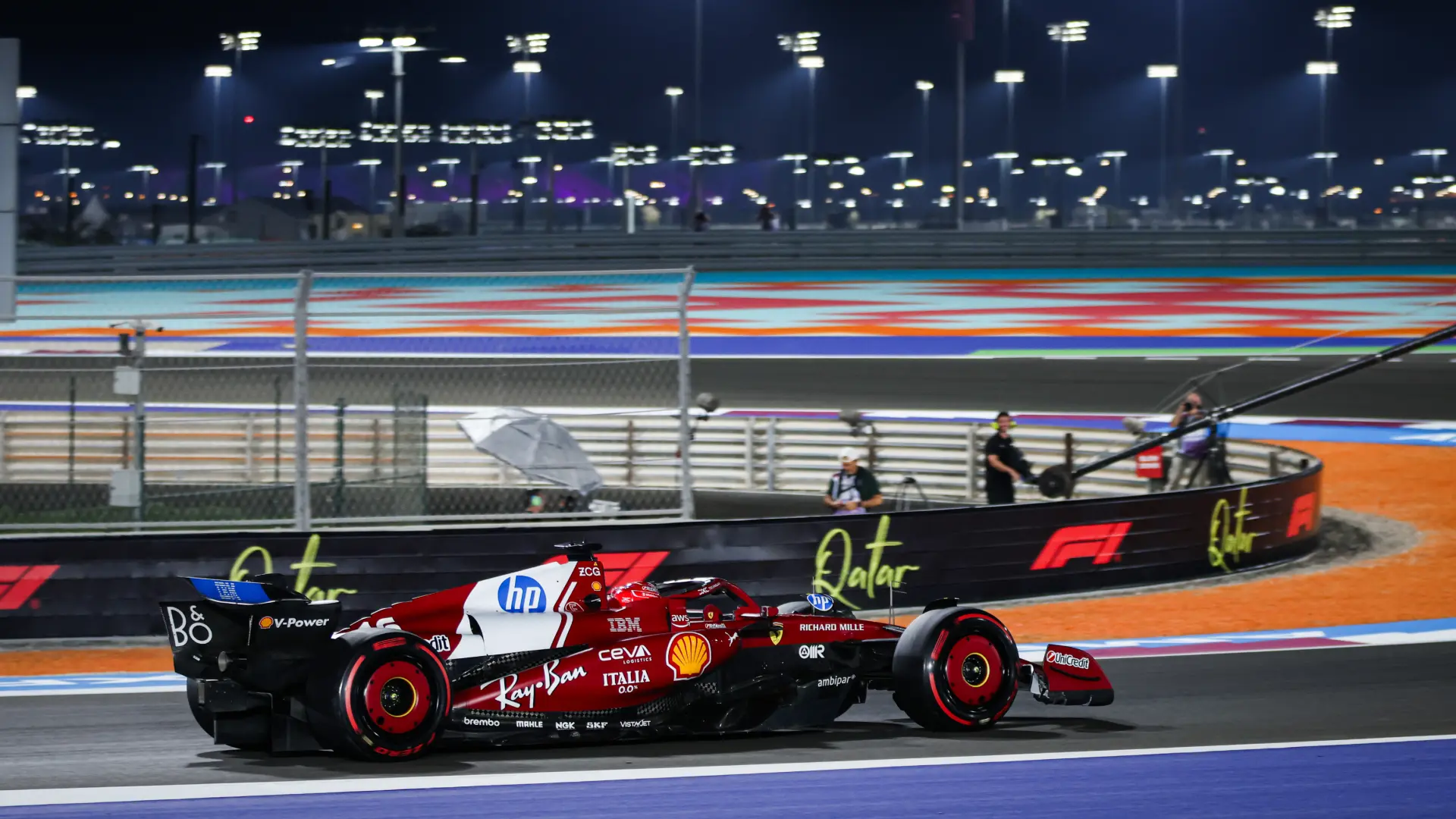

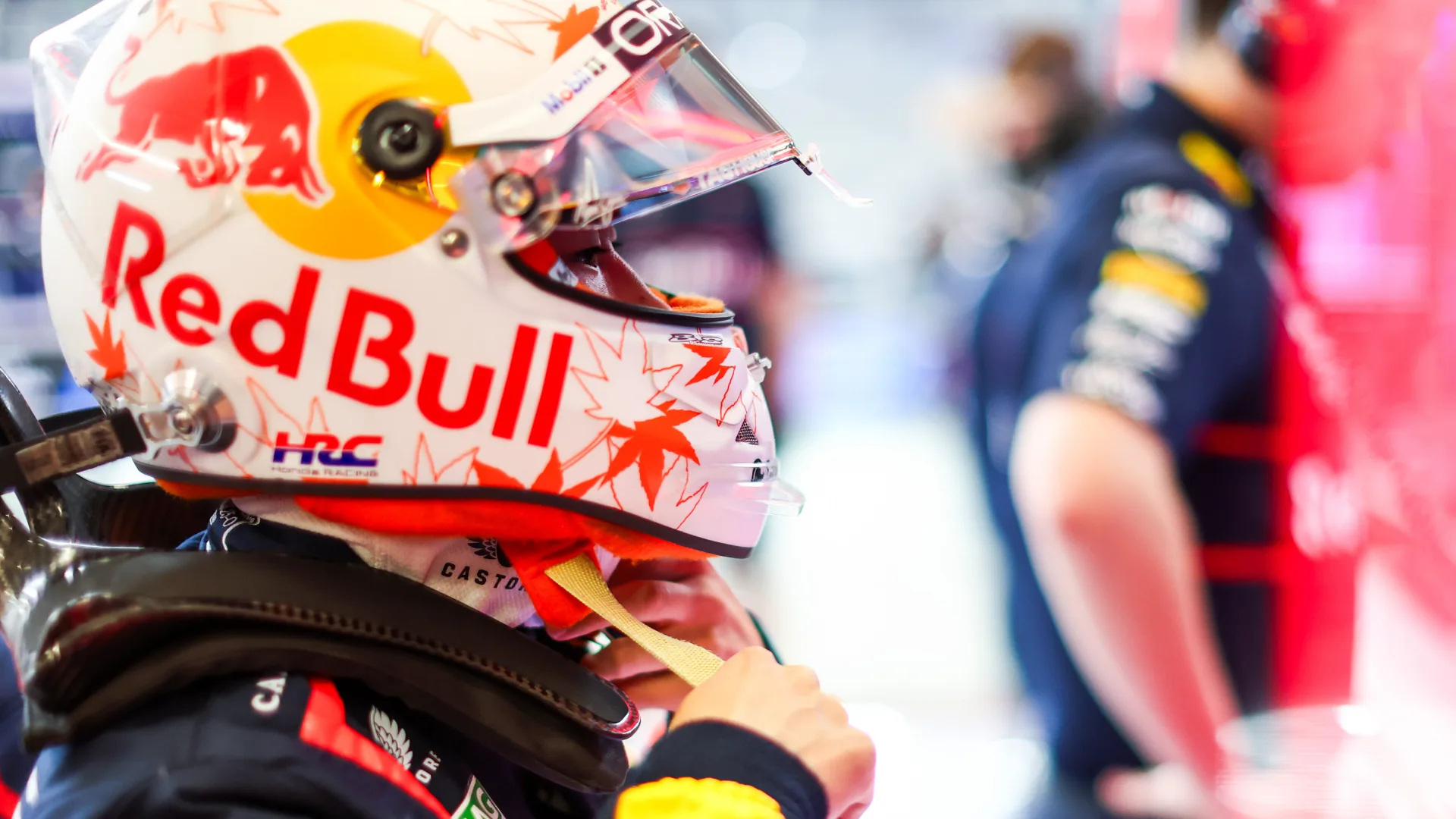




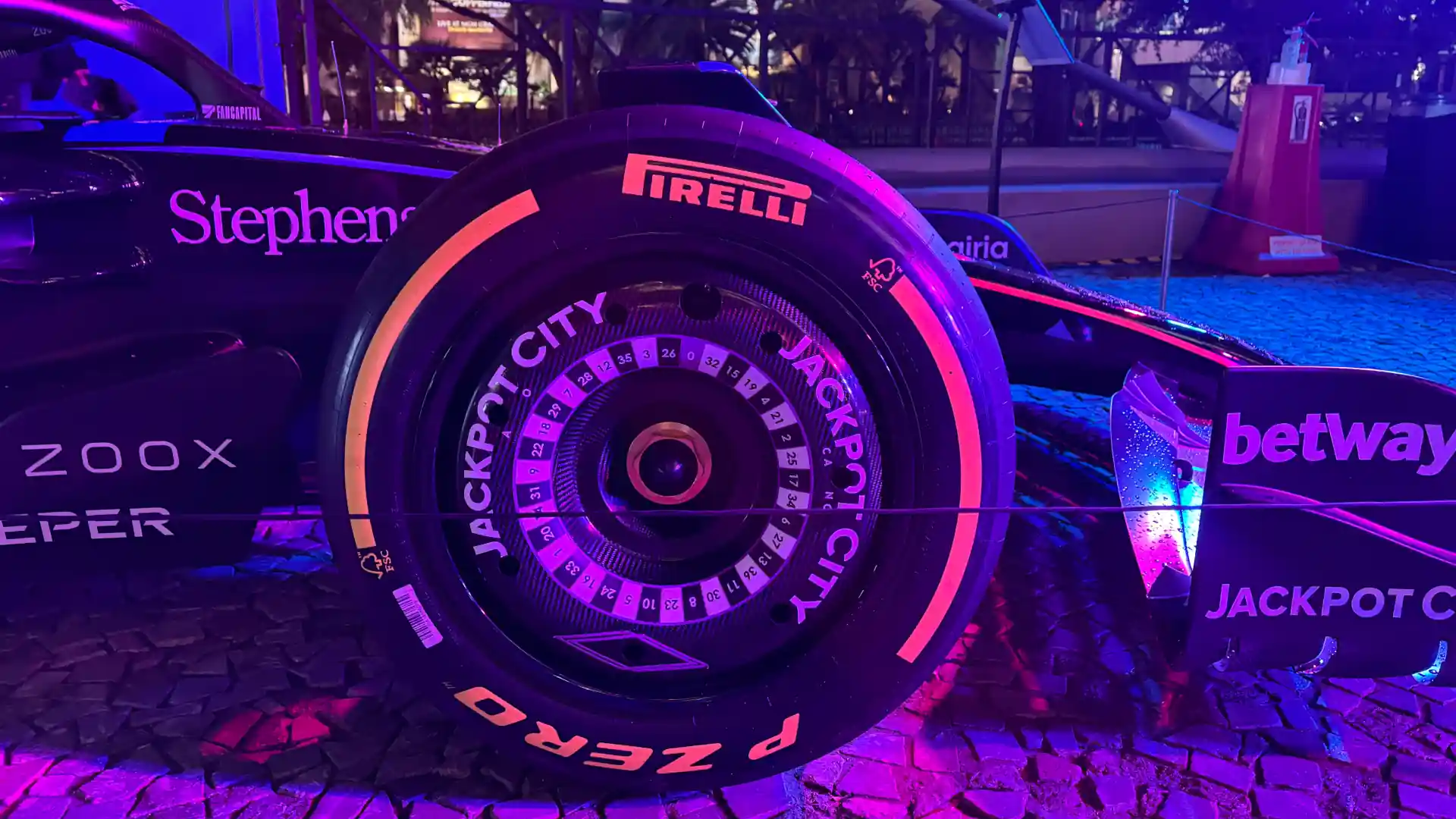



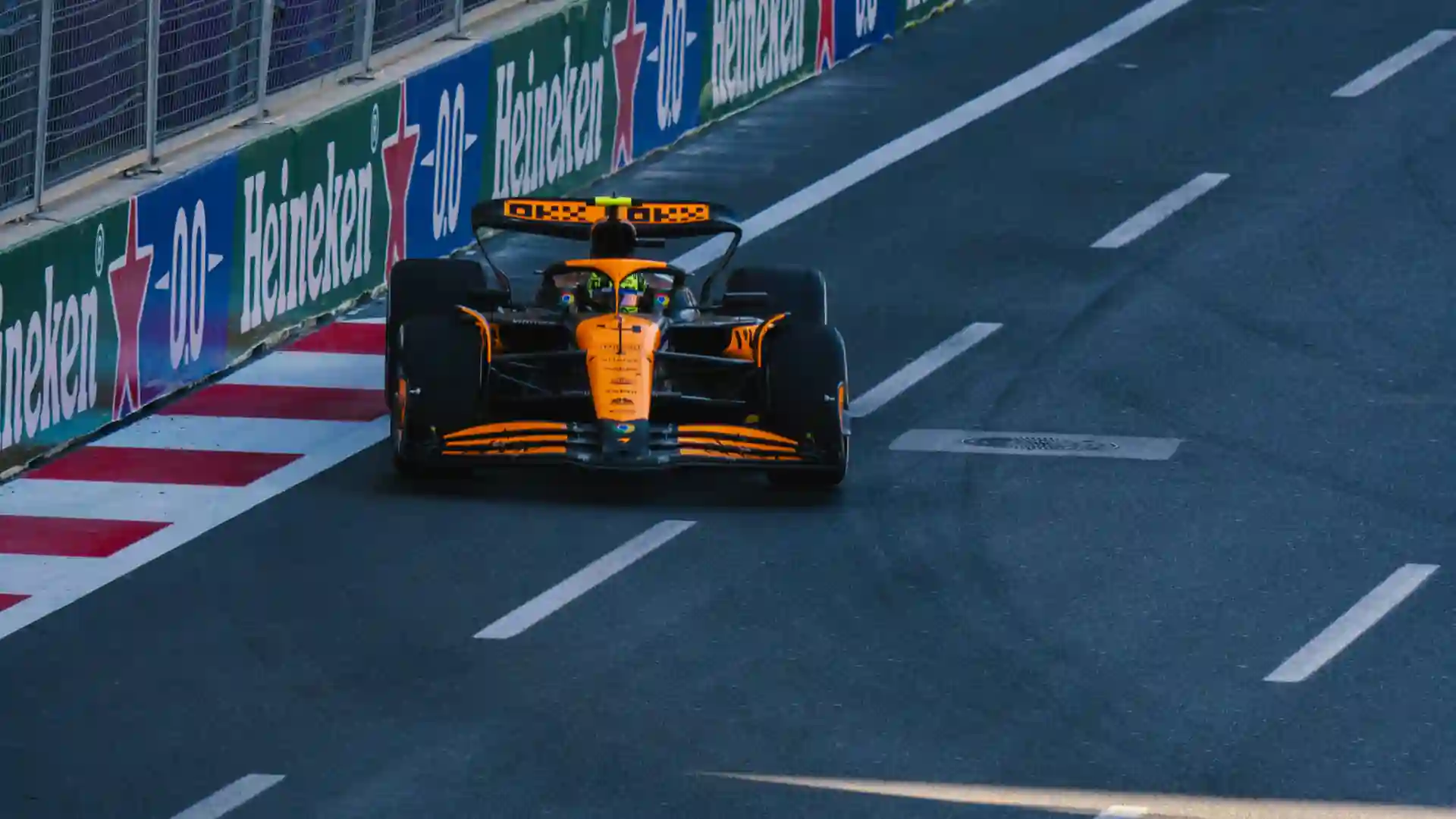
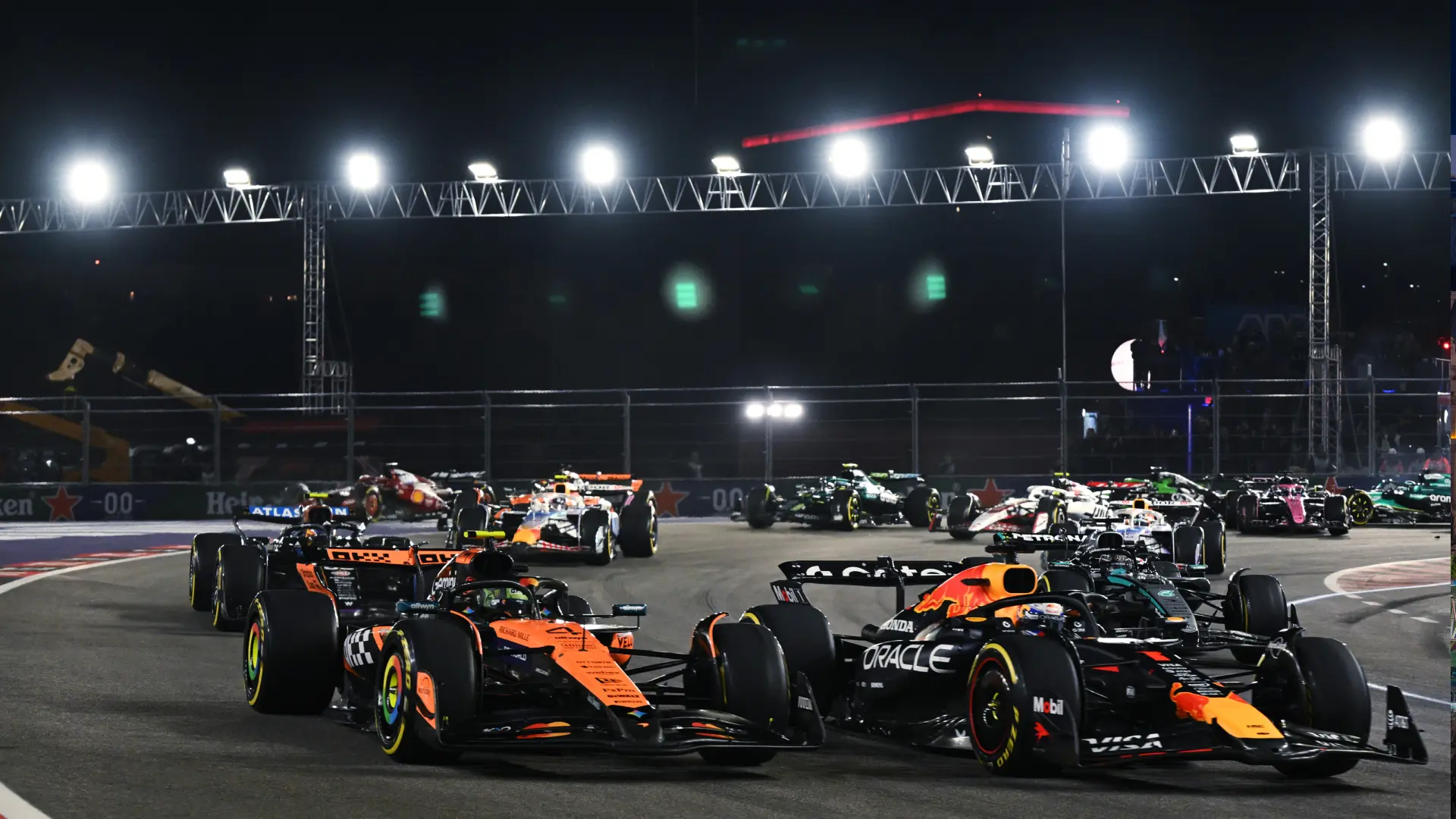


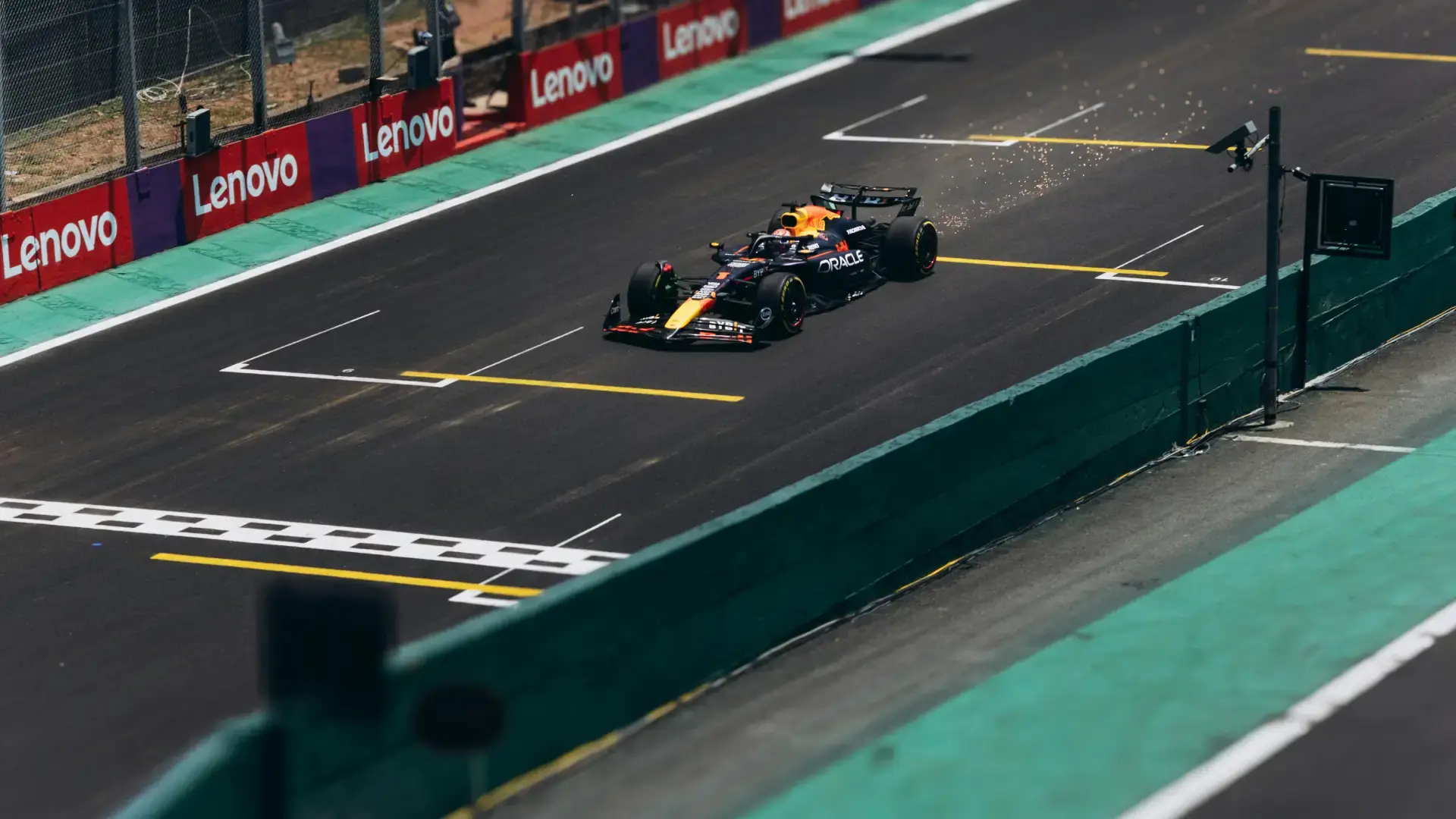

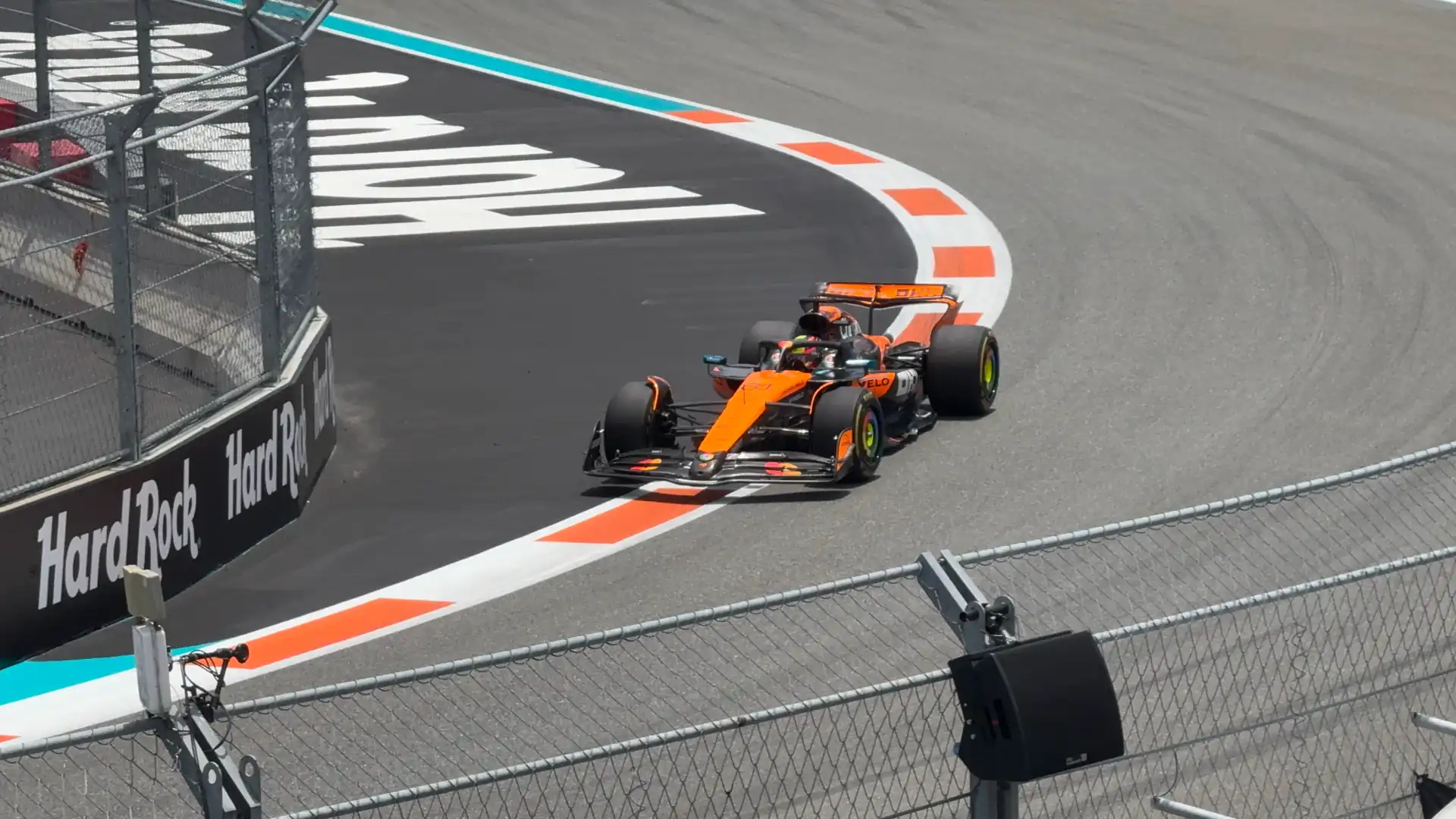

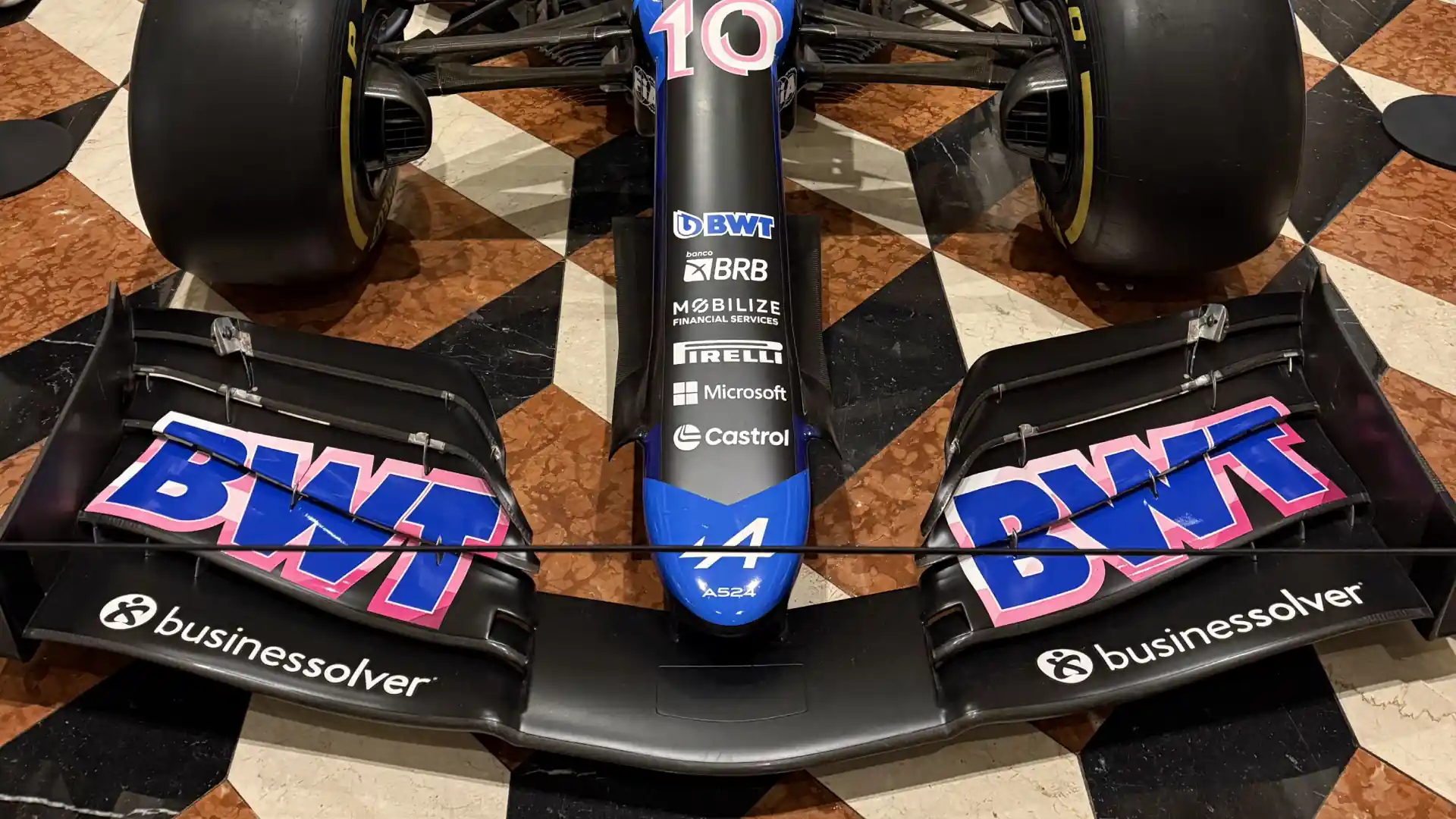

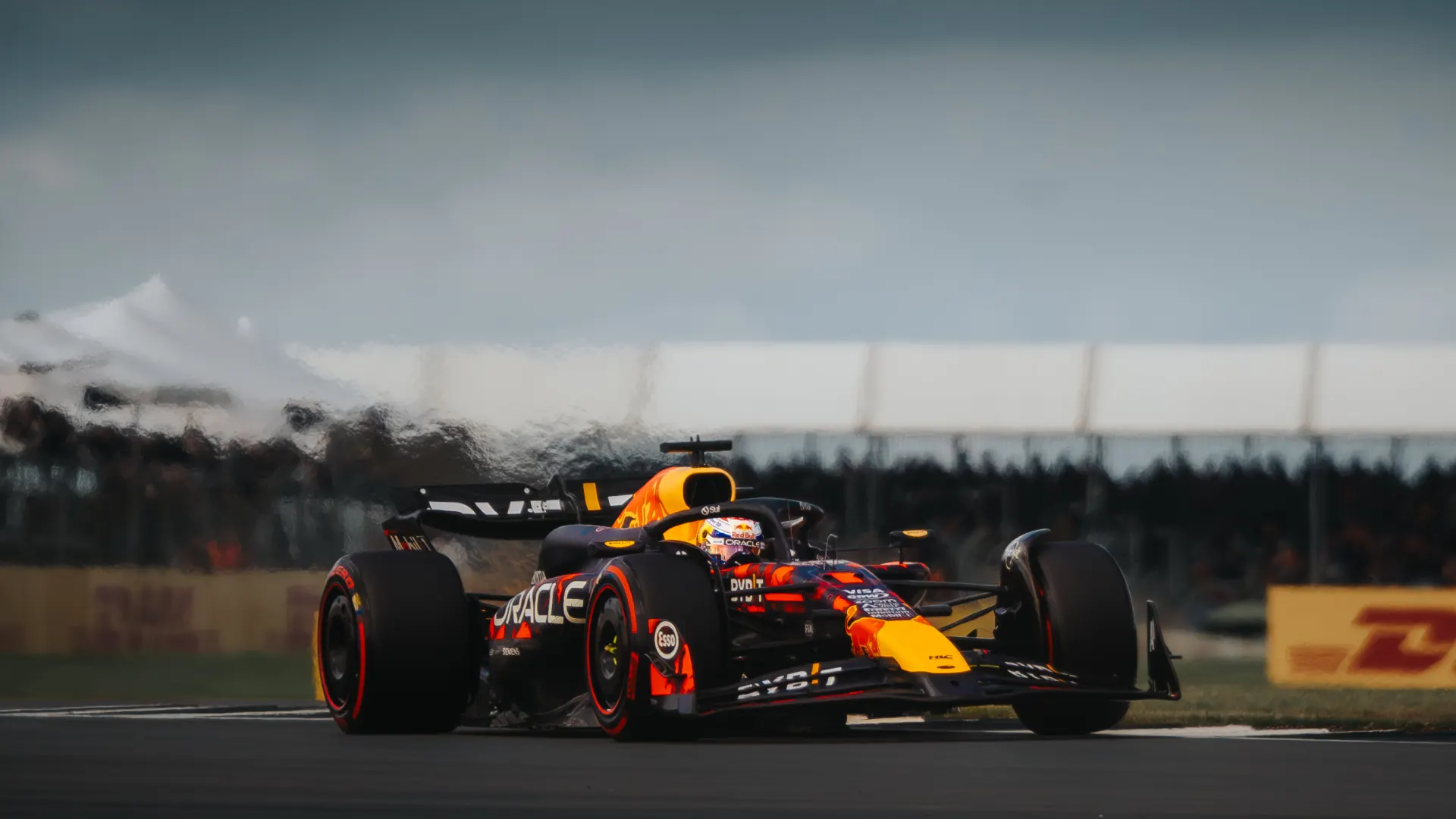
.webp)

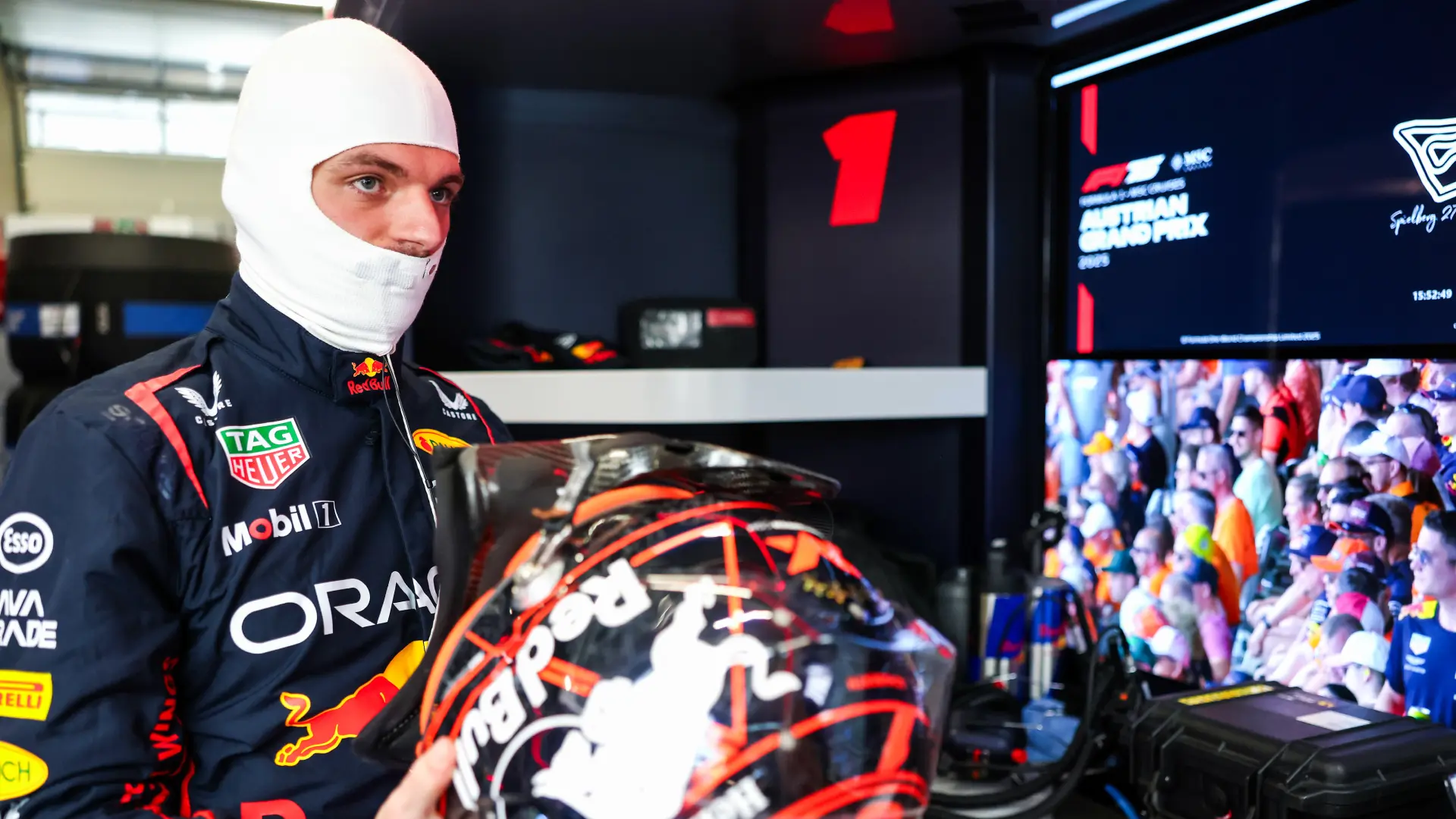
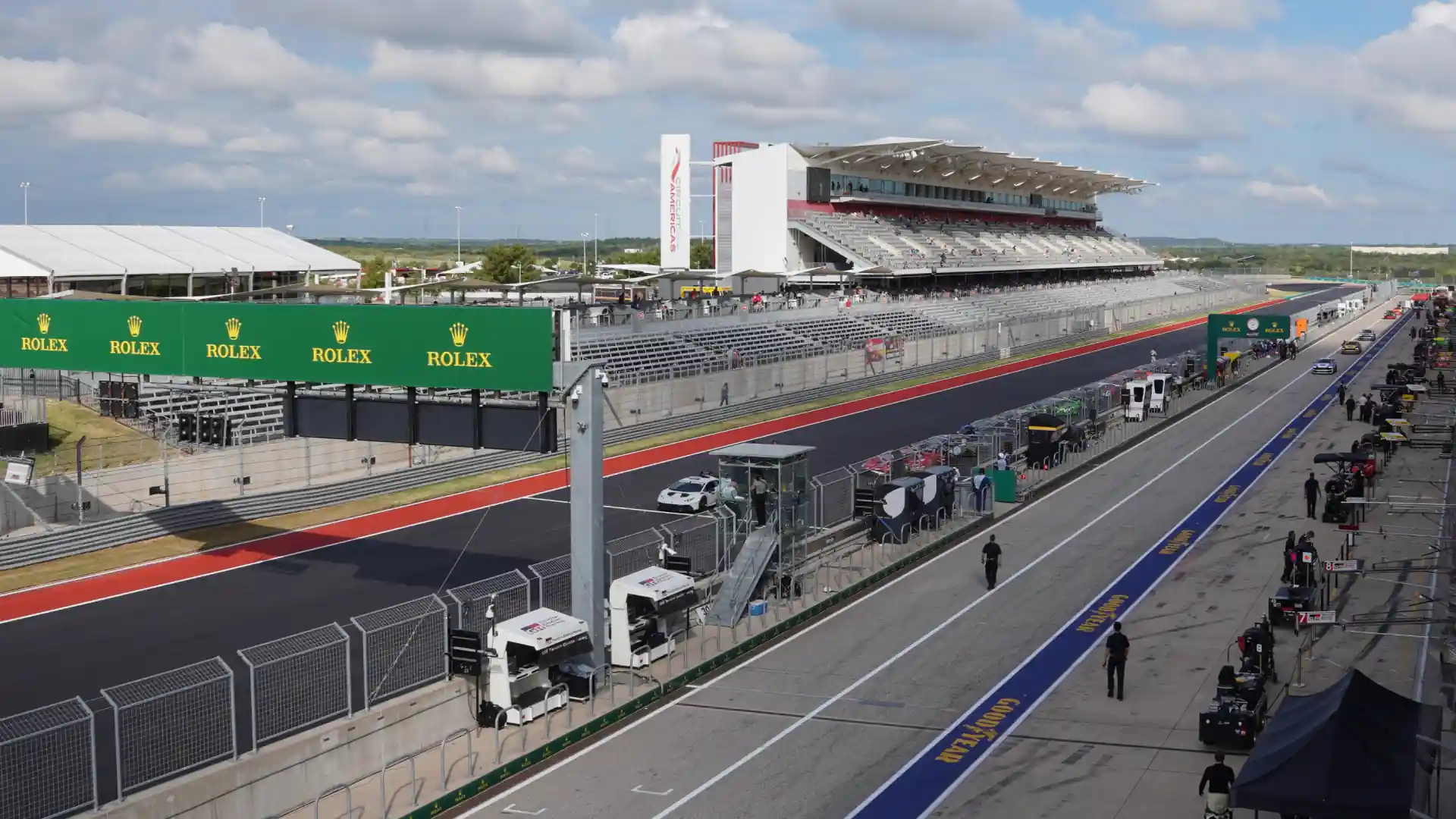
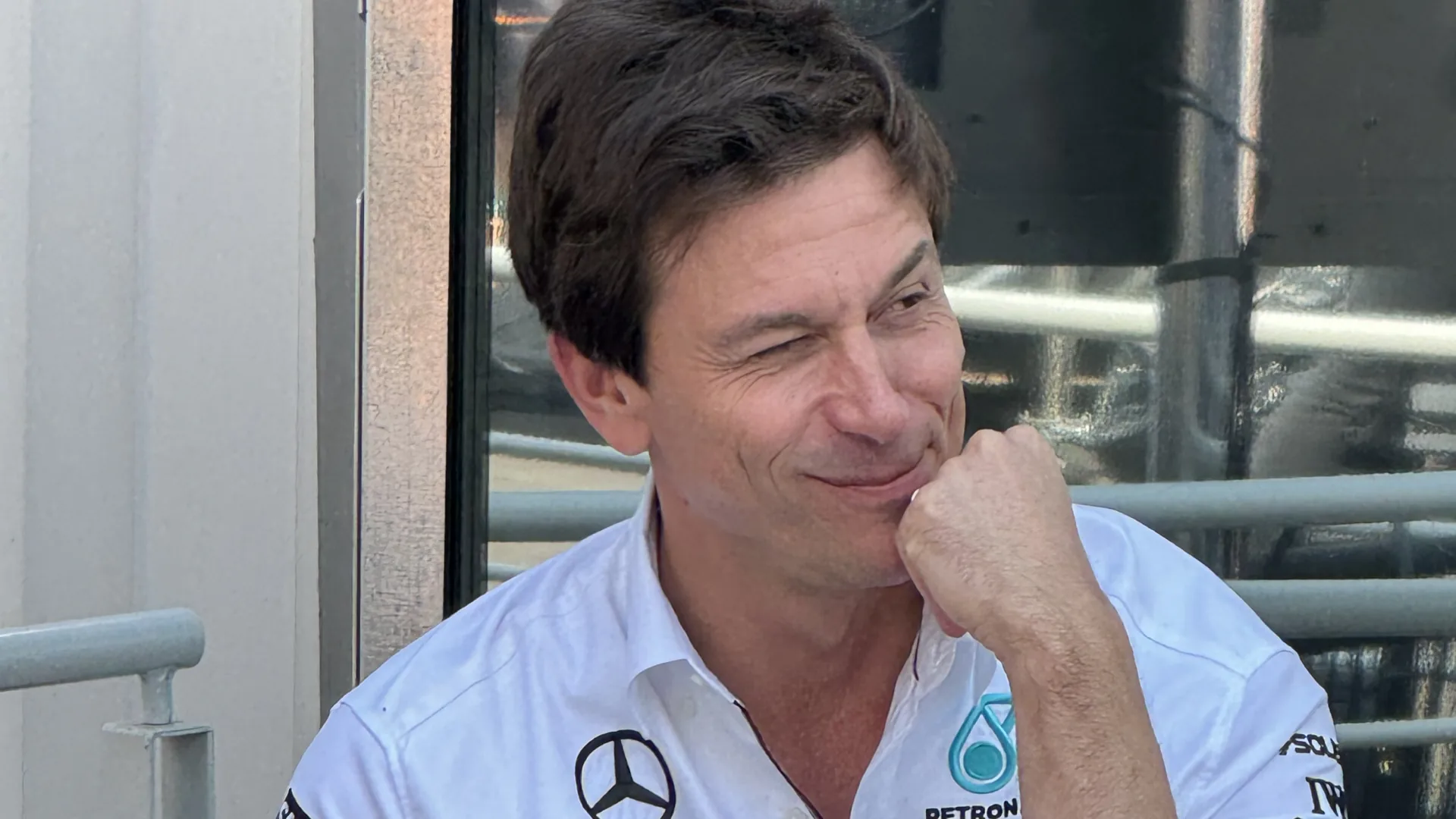


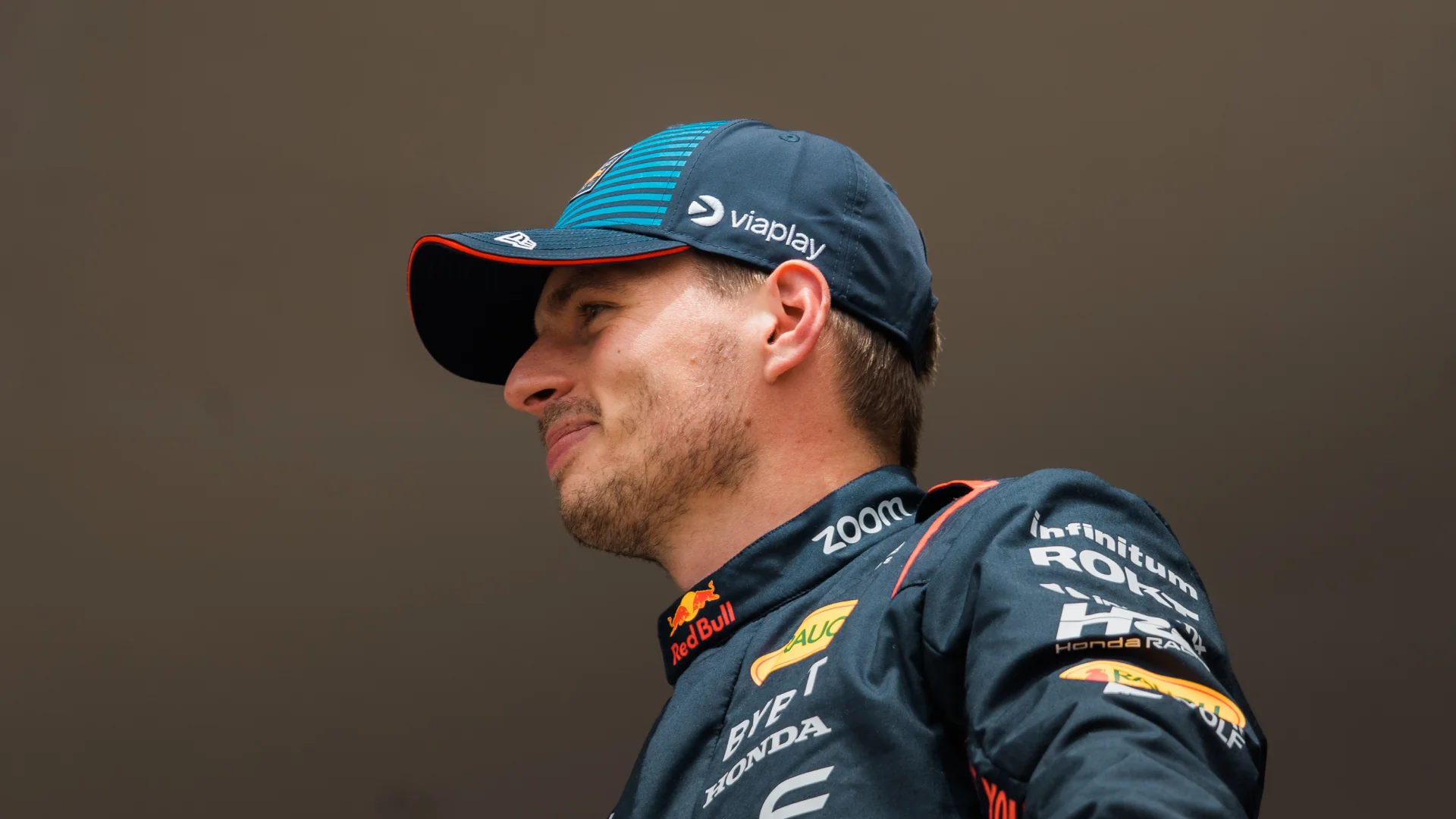
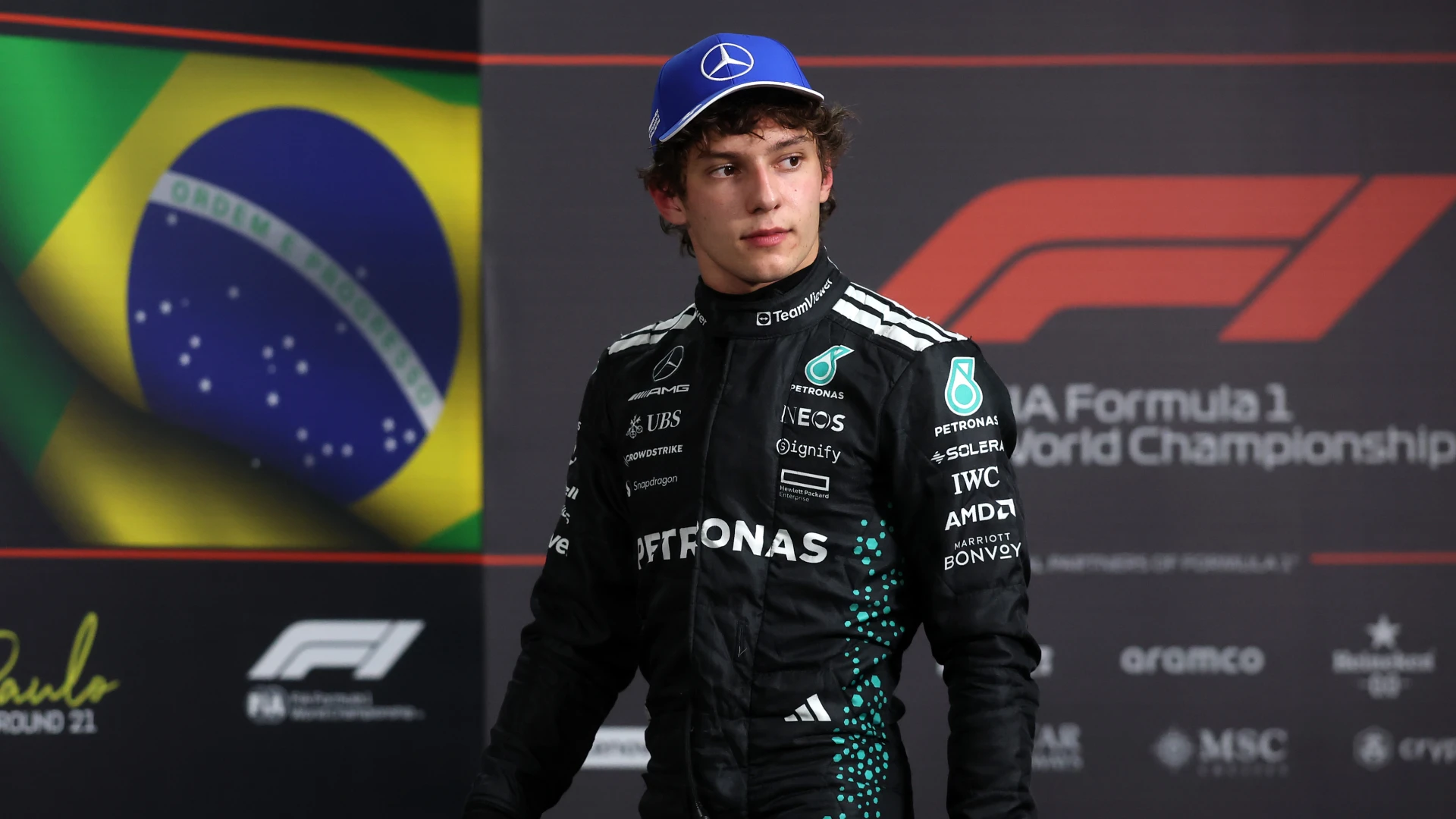
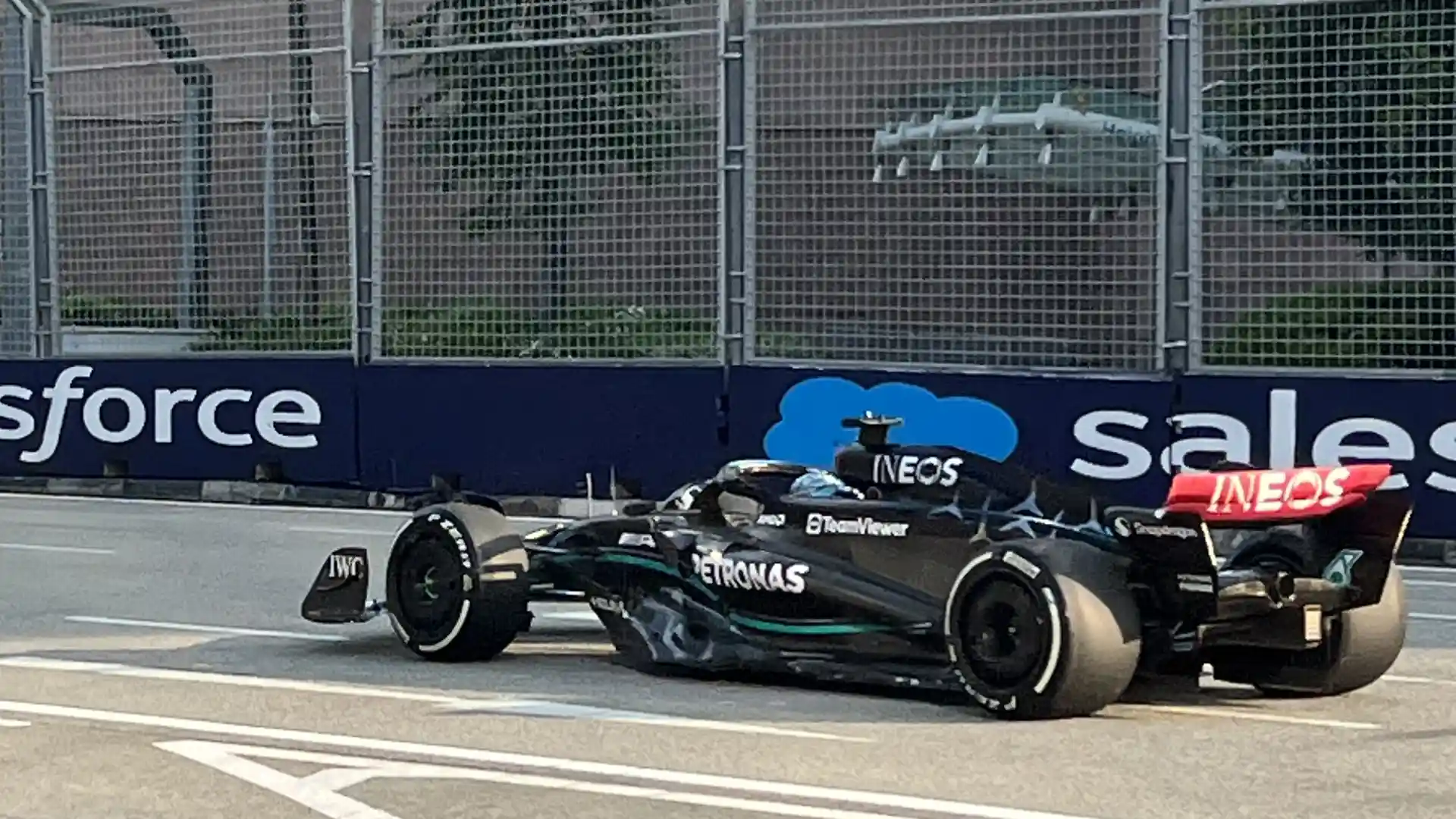
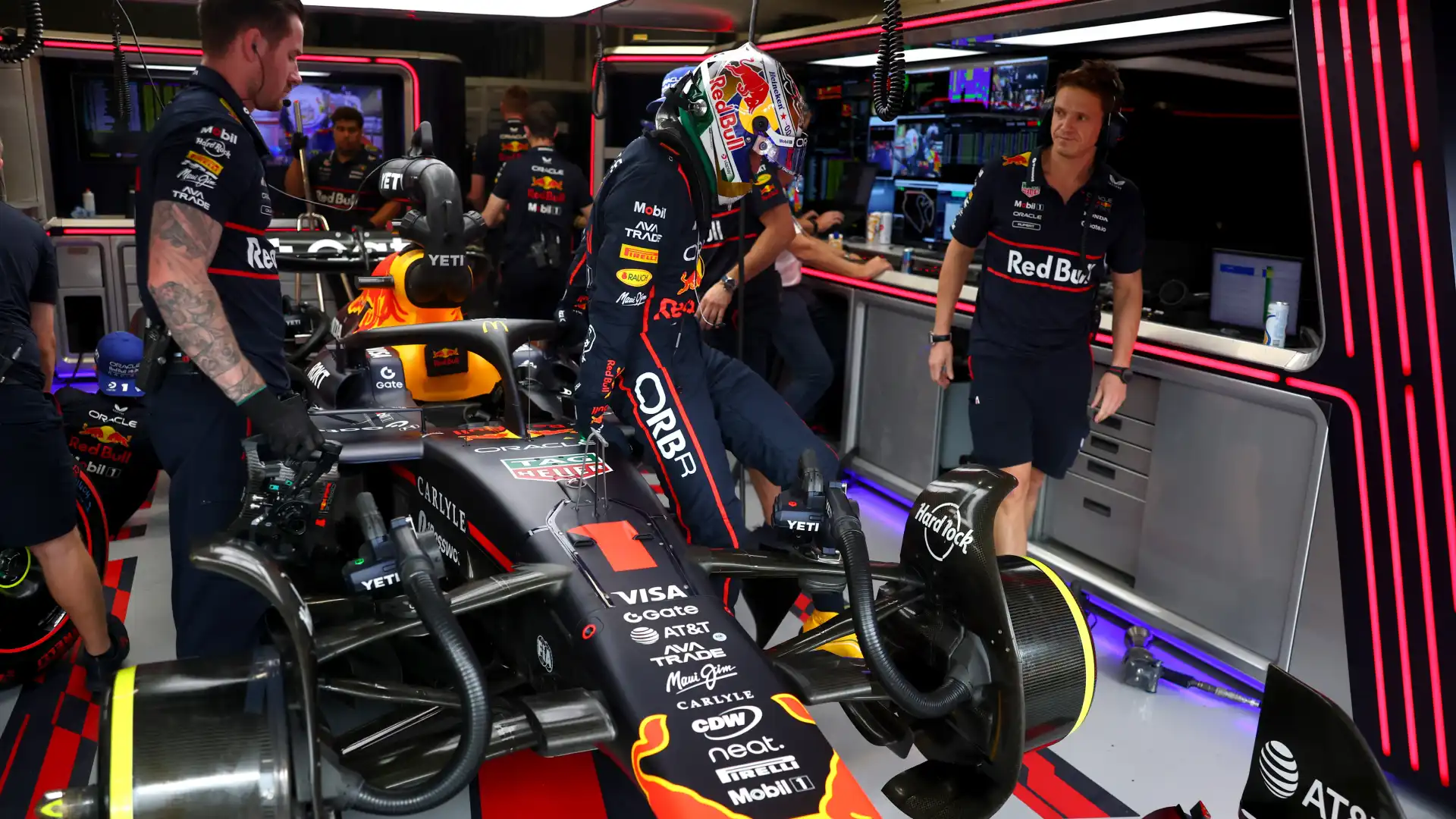
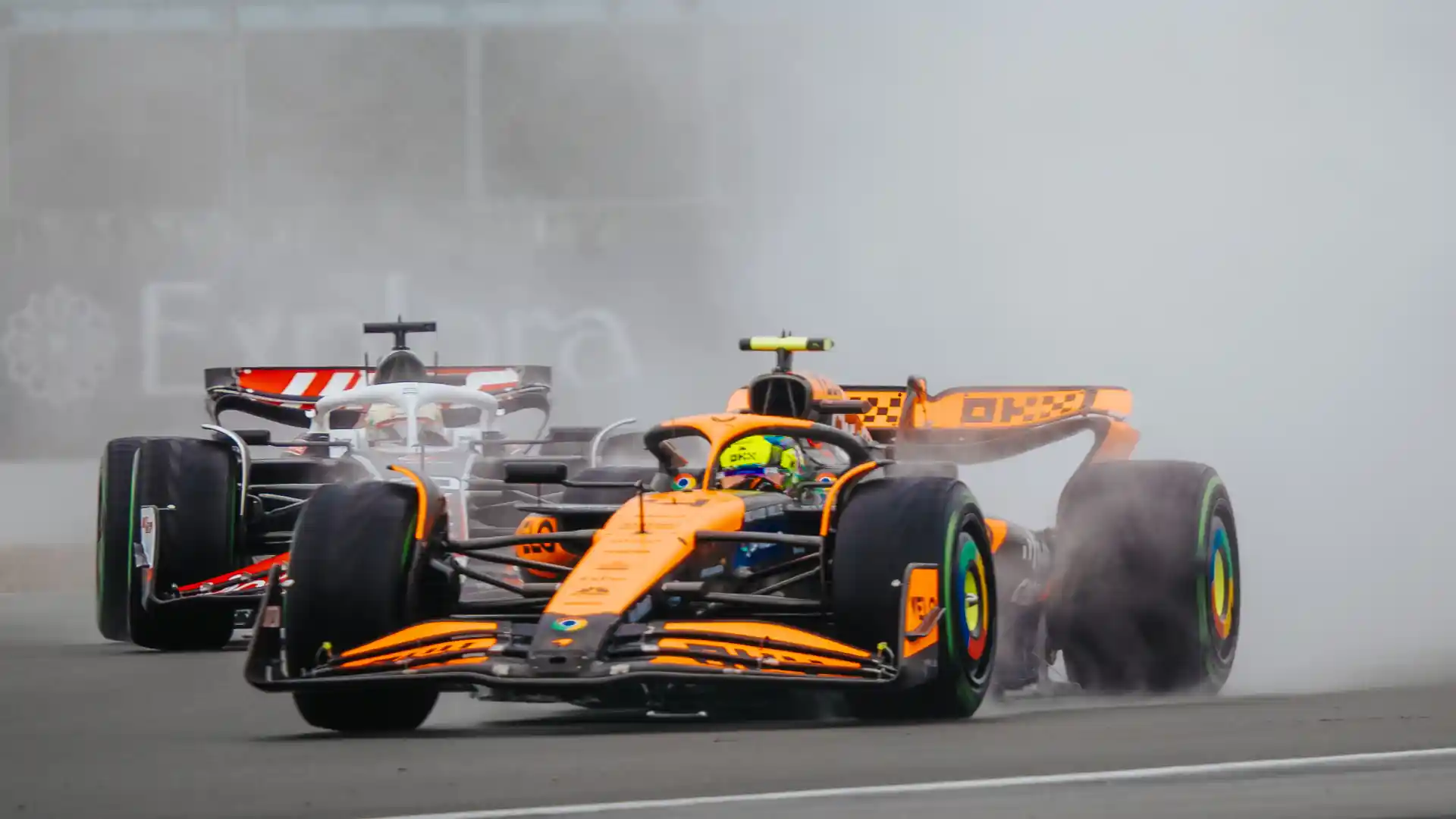
.webp)

